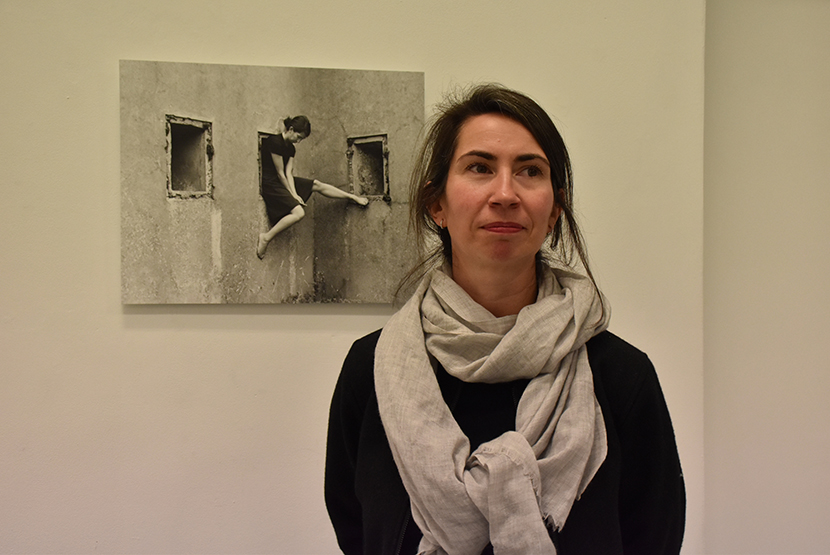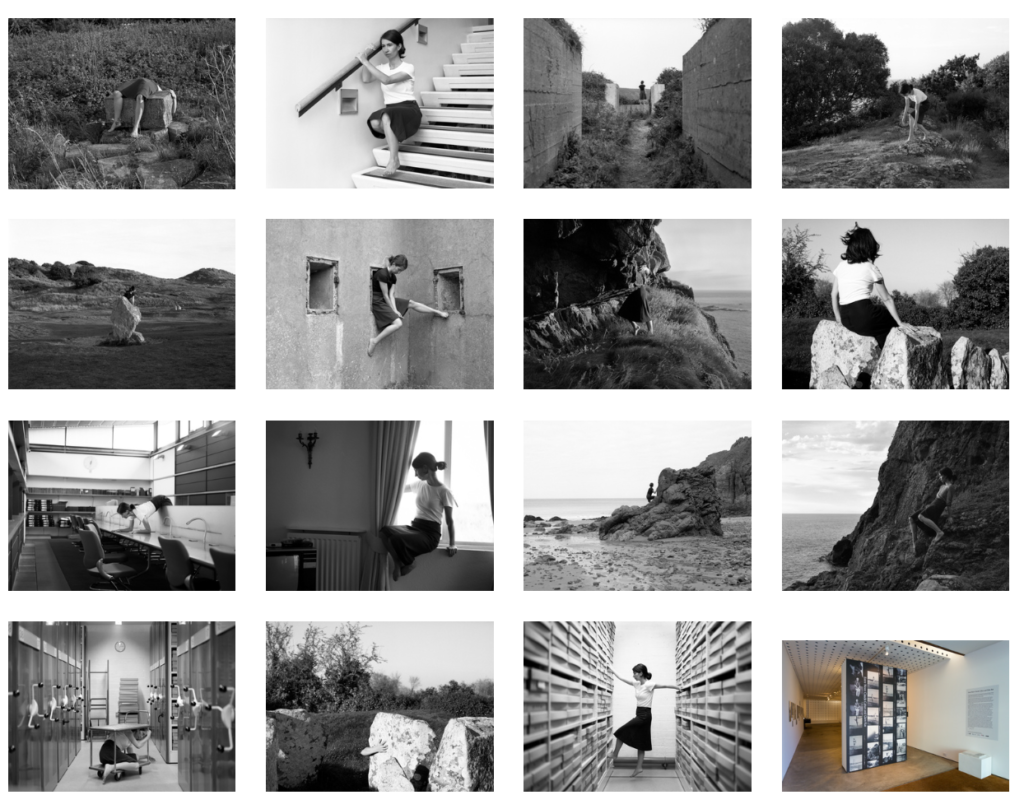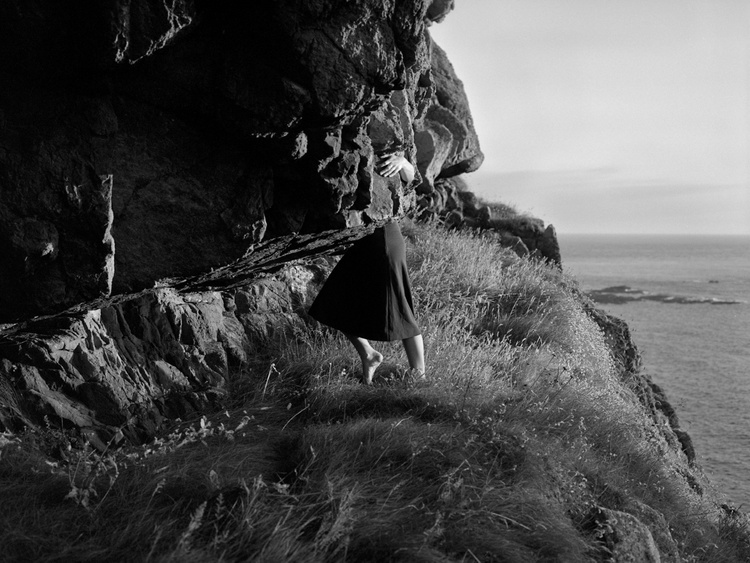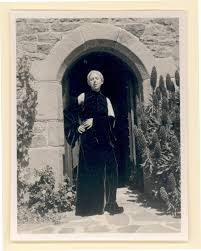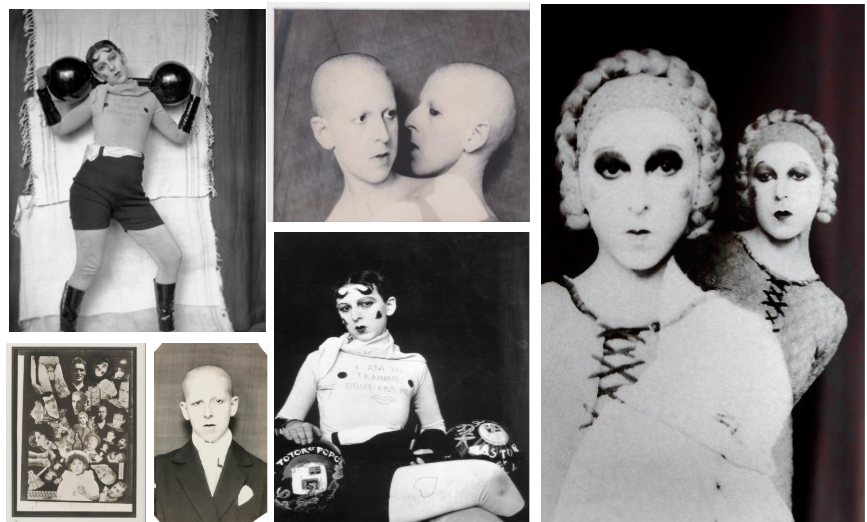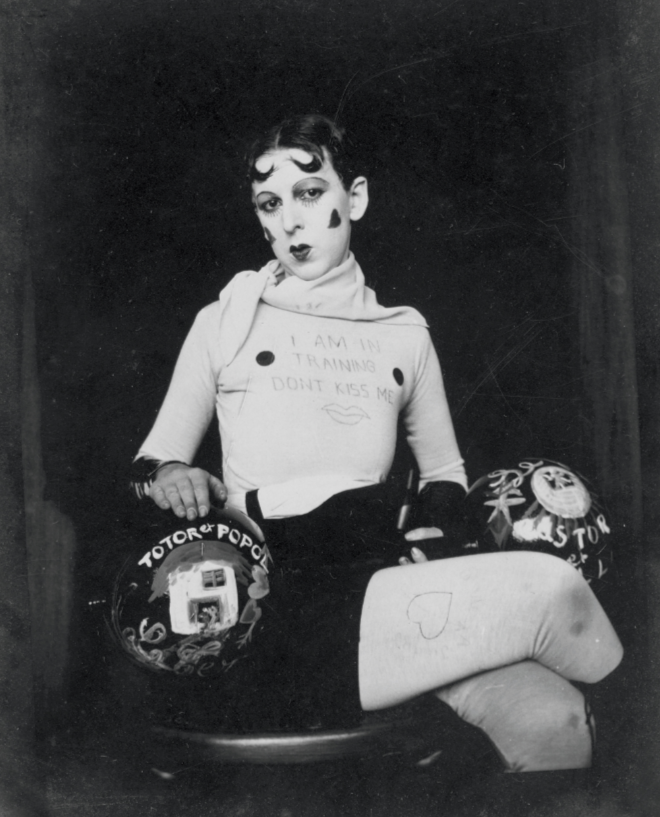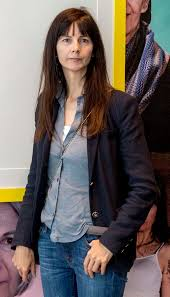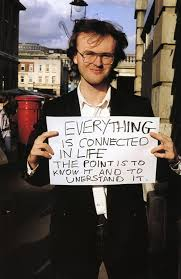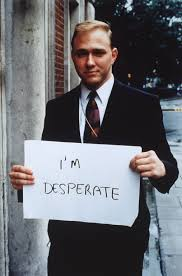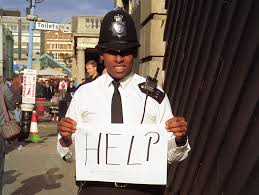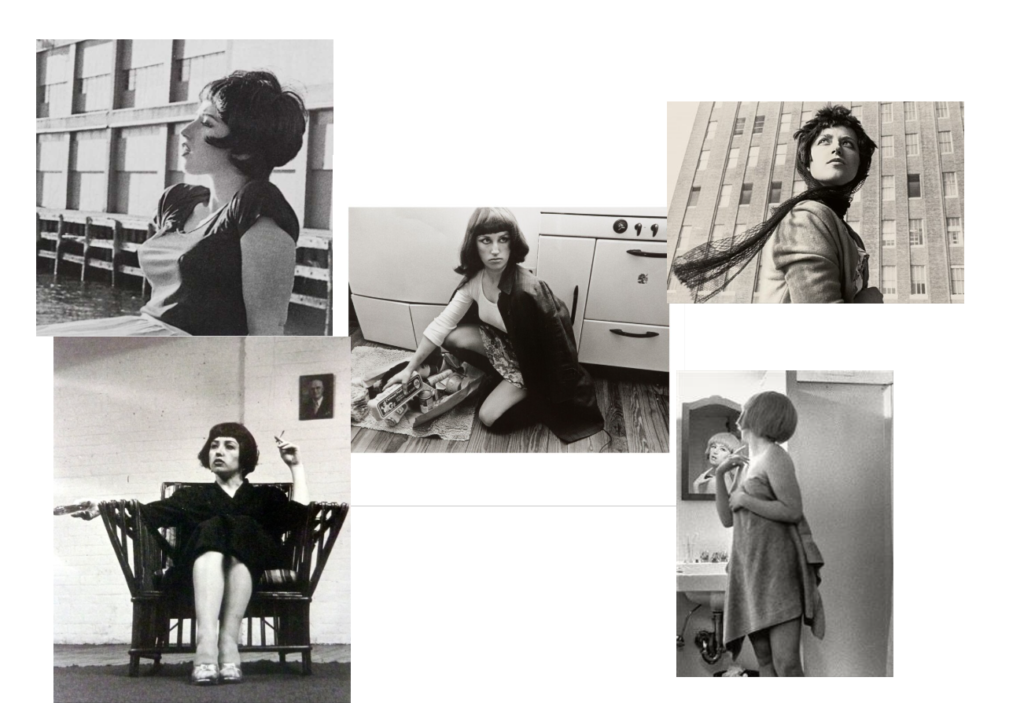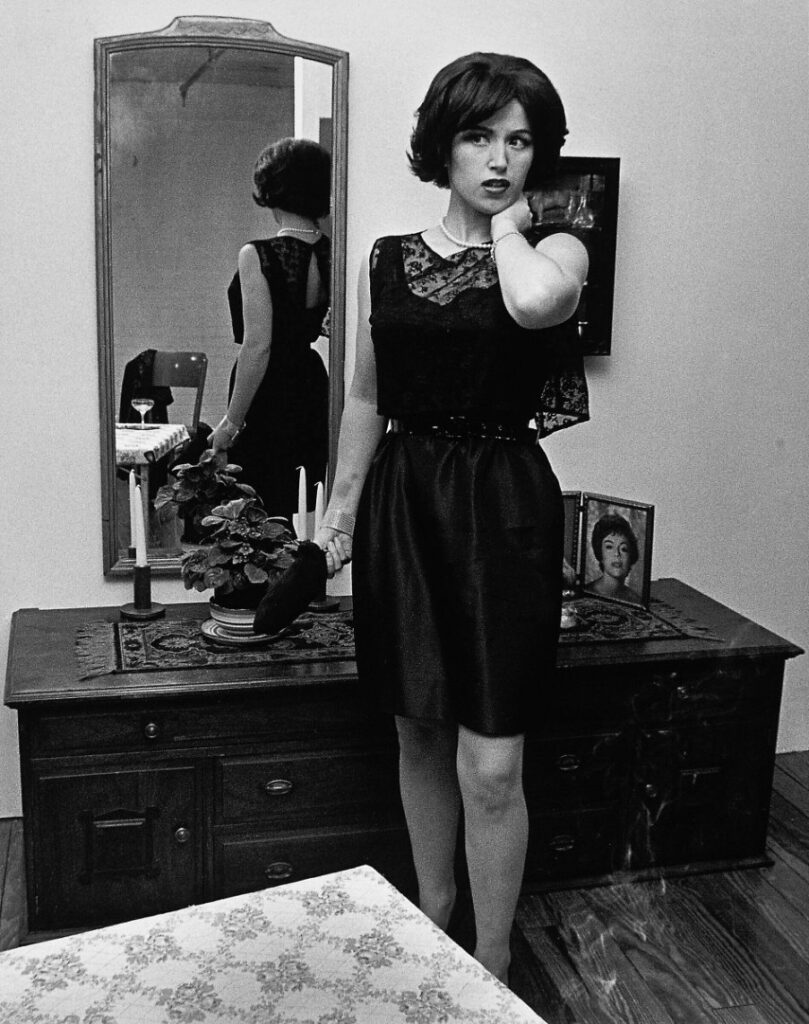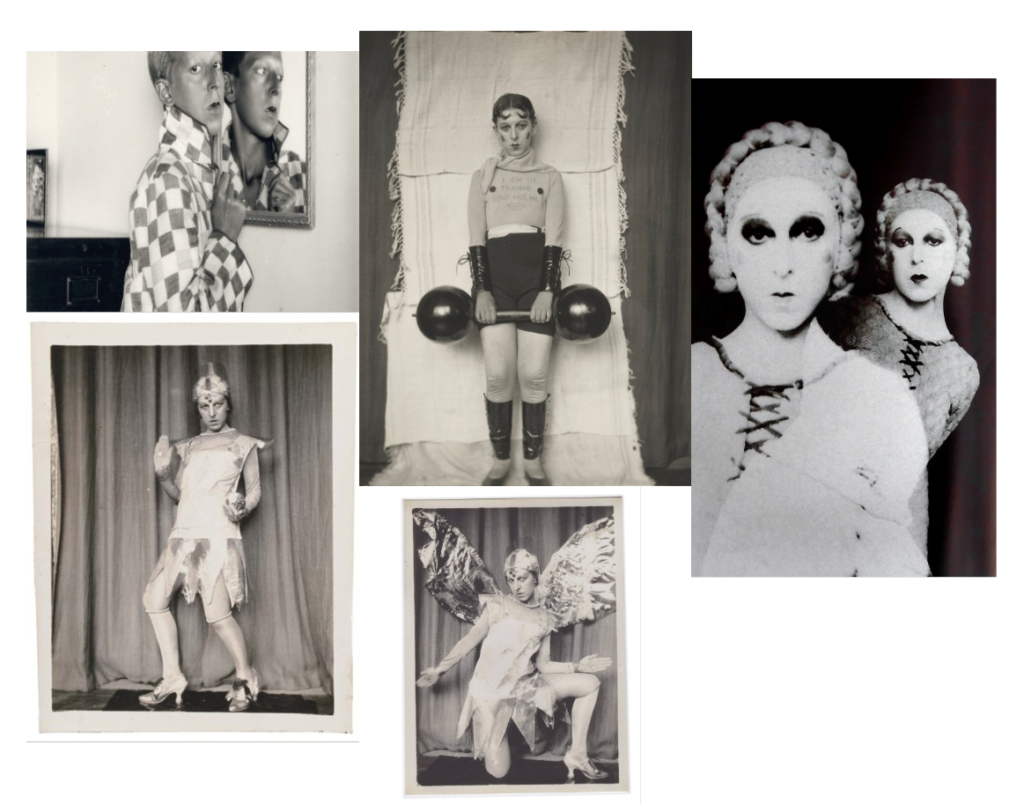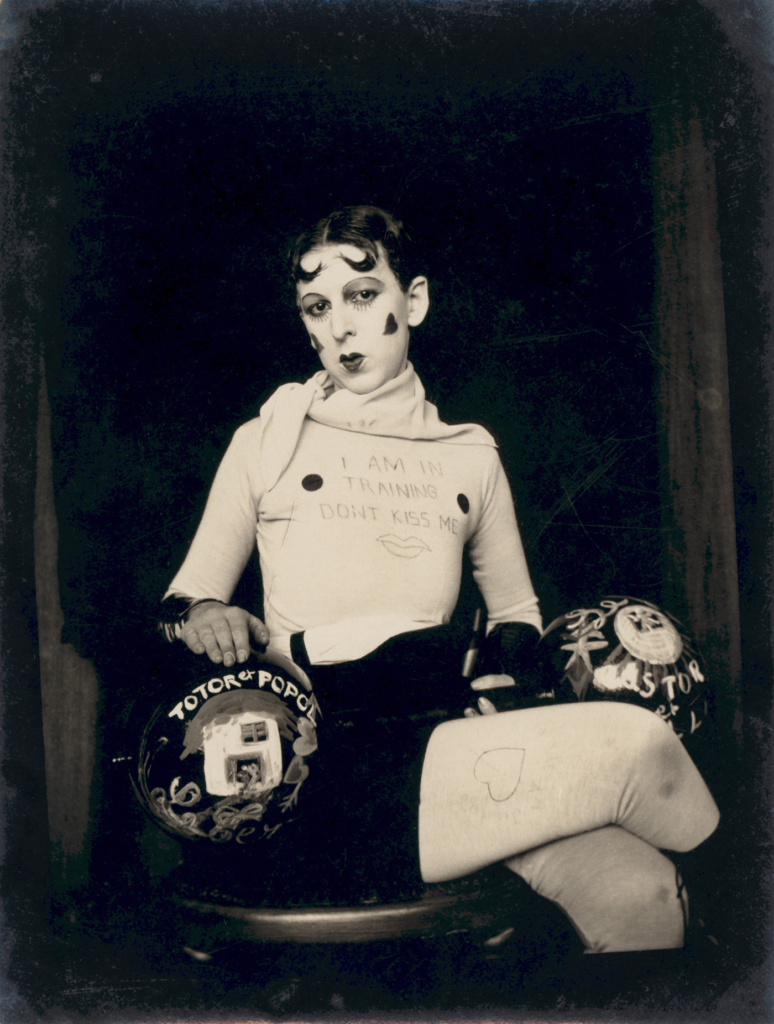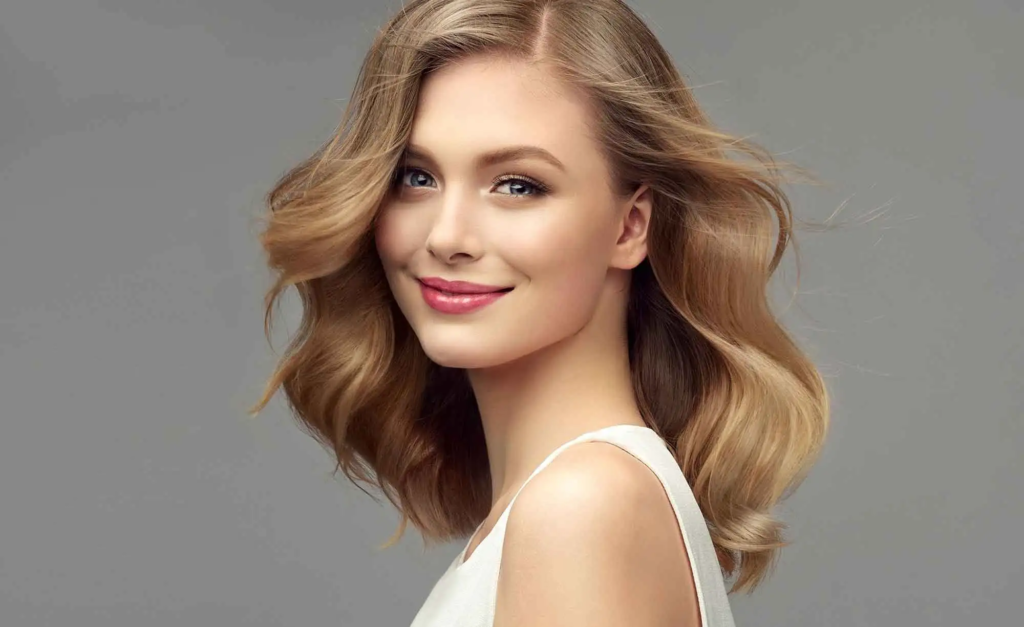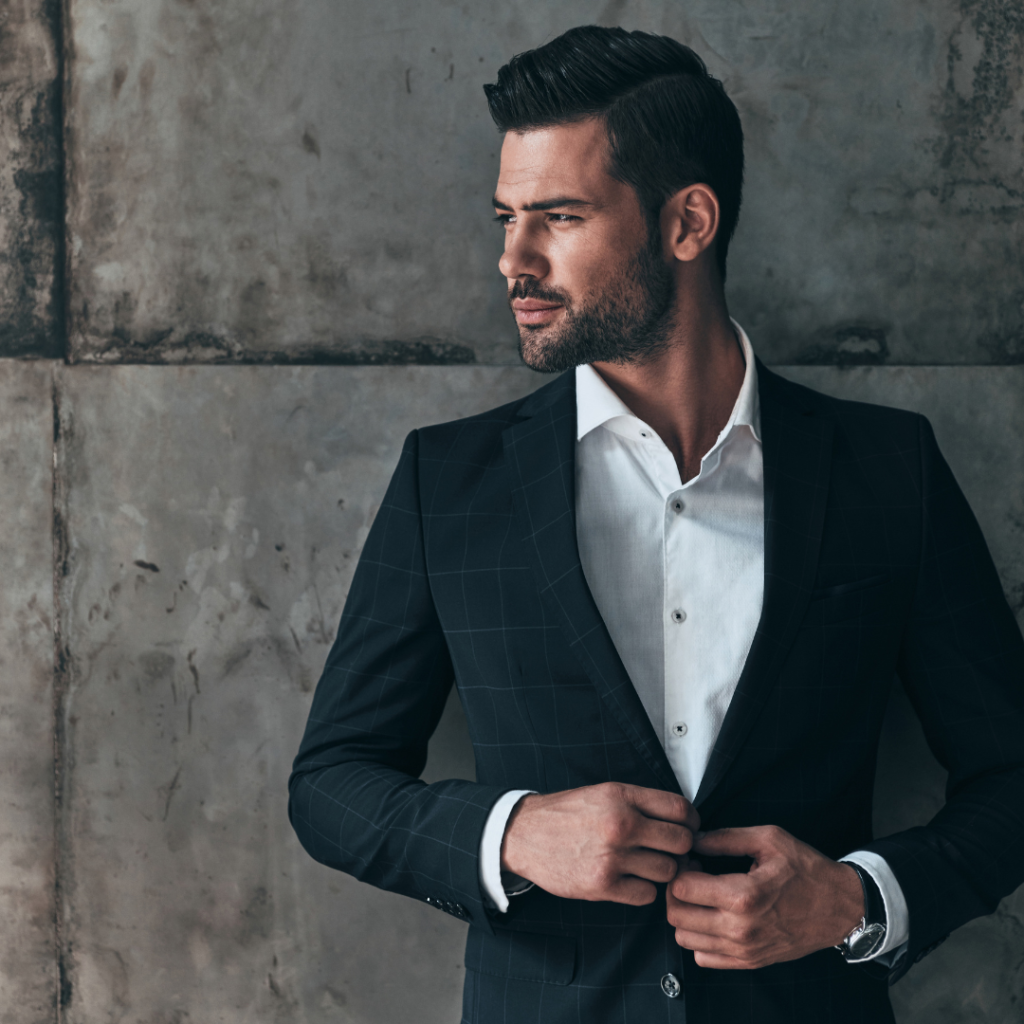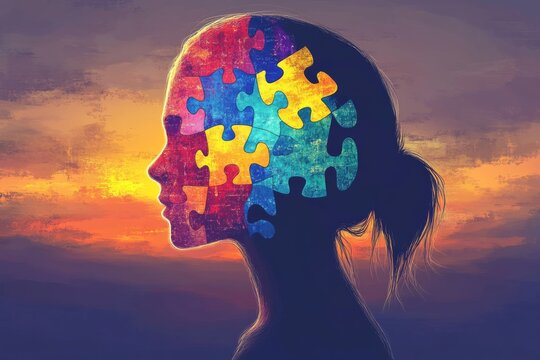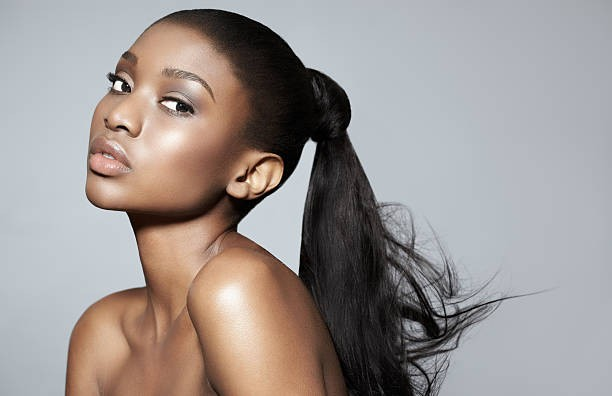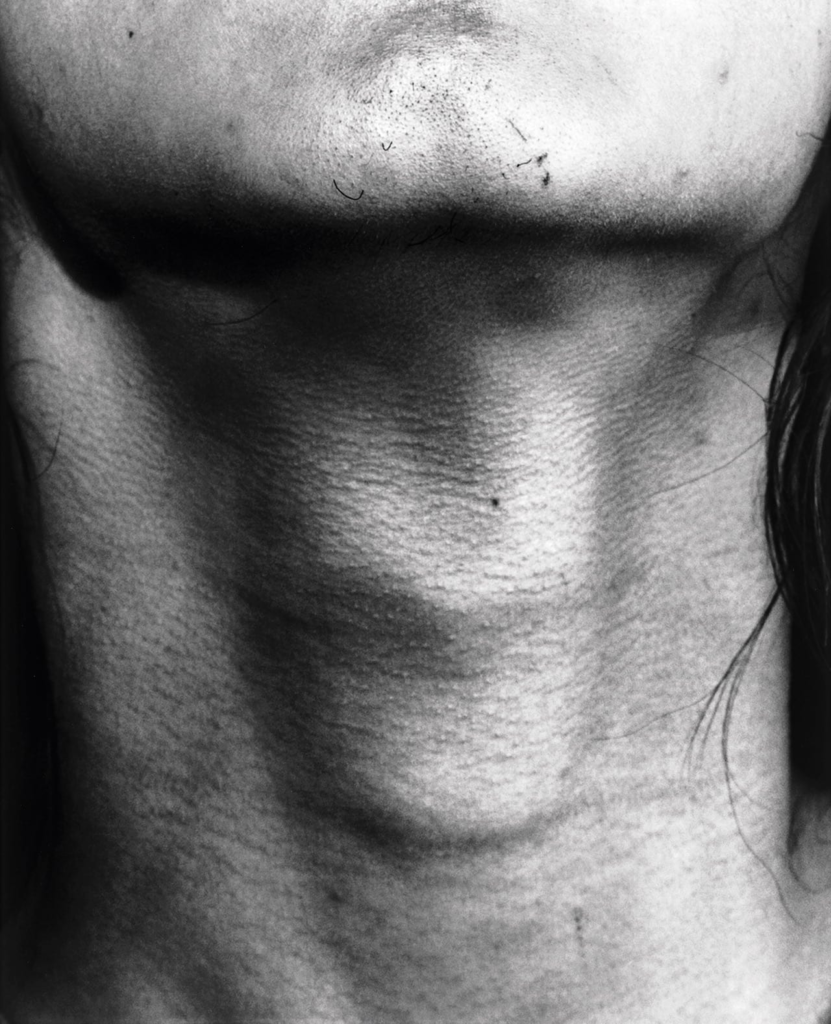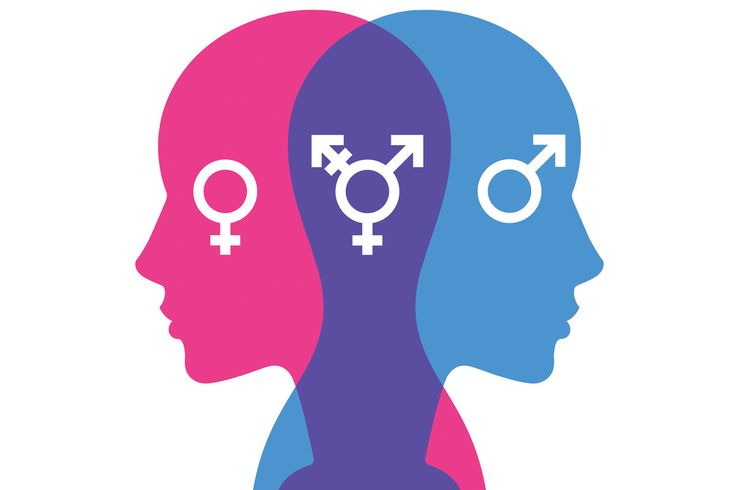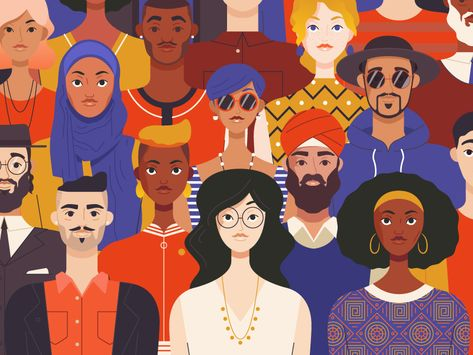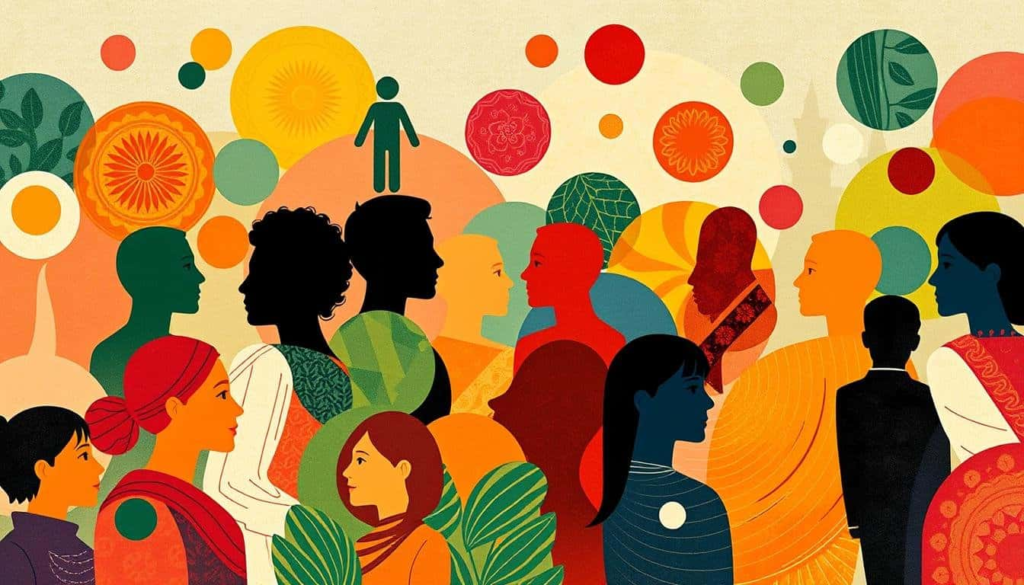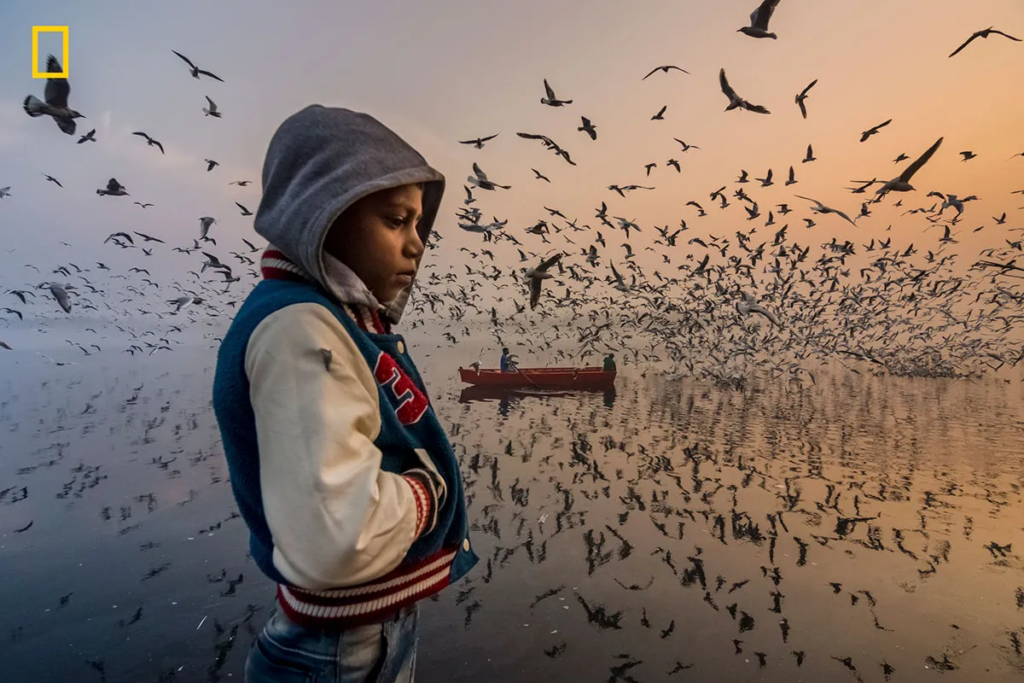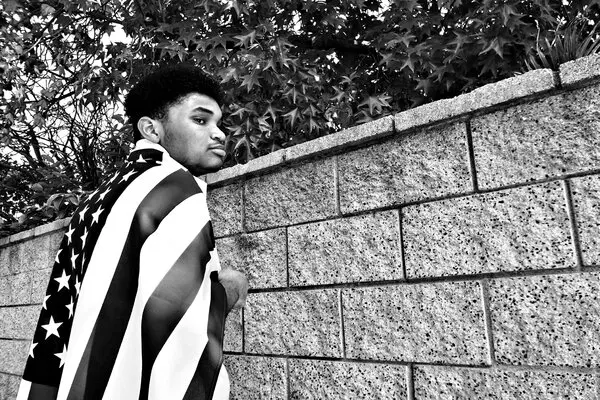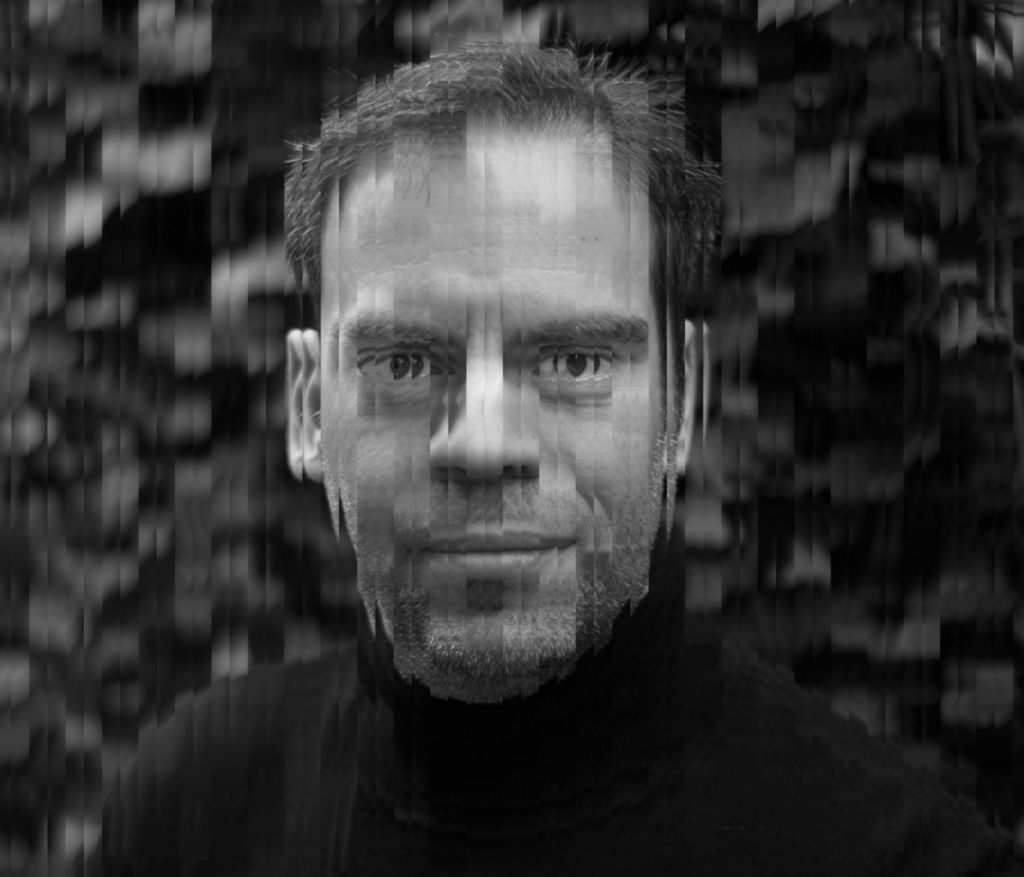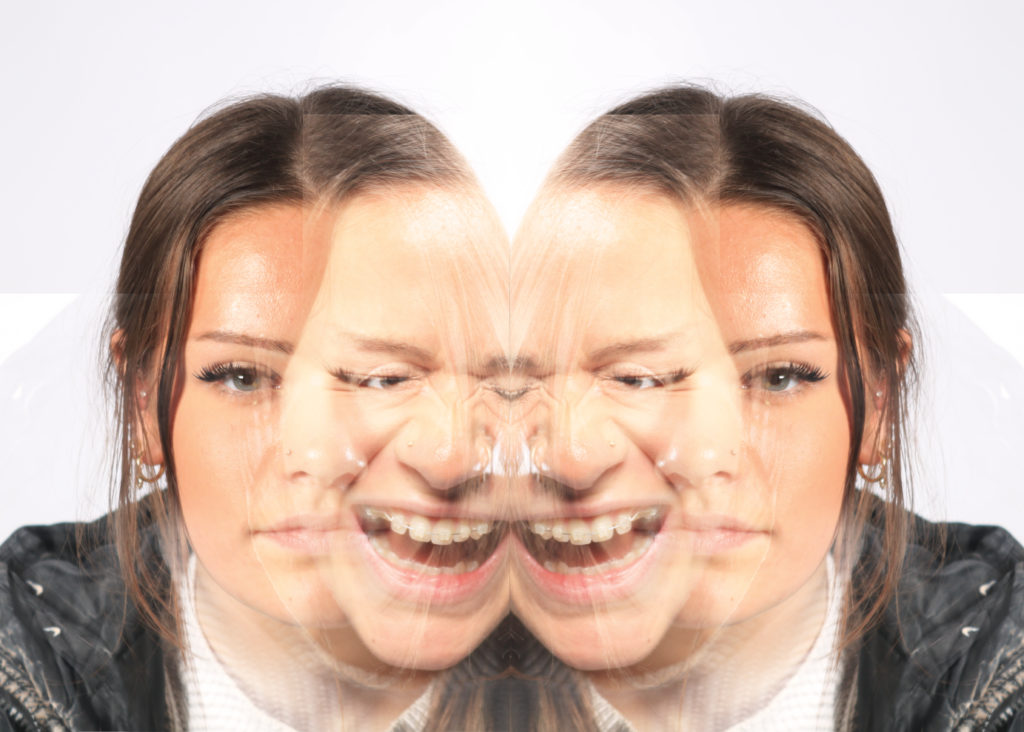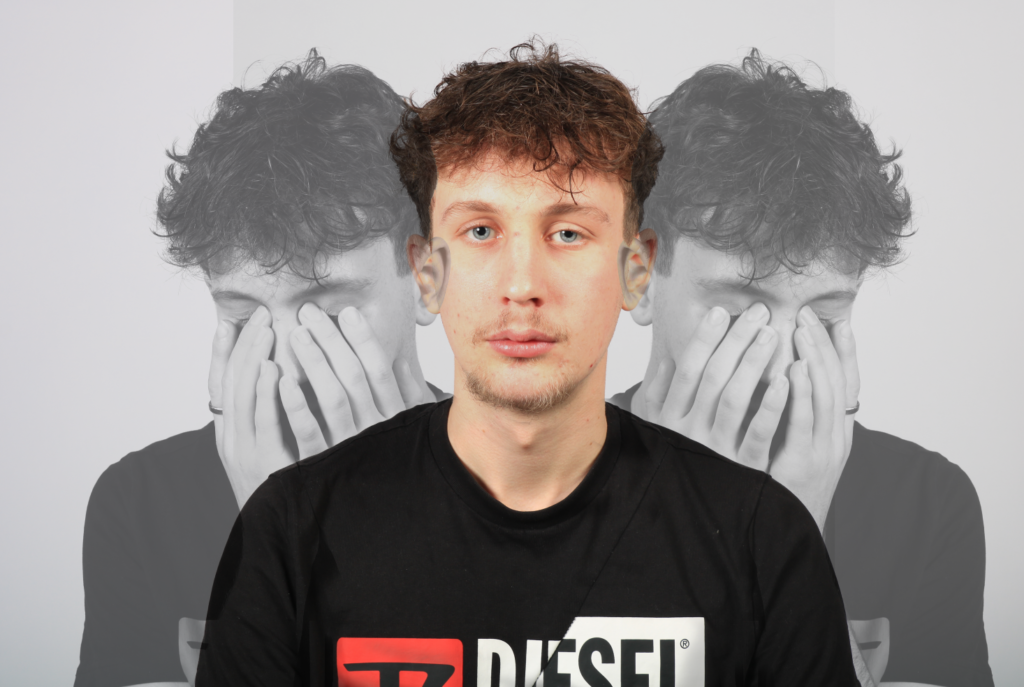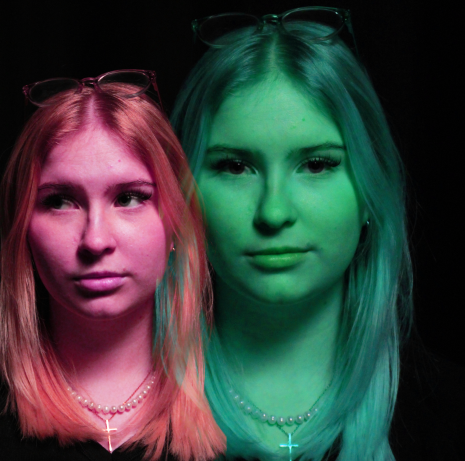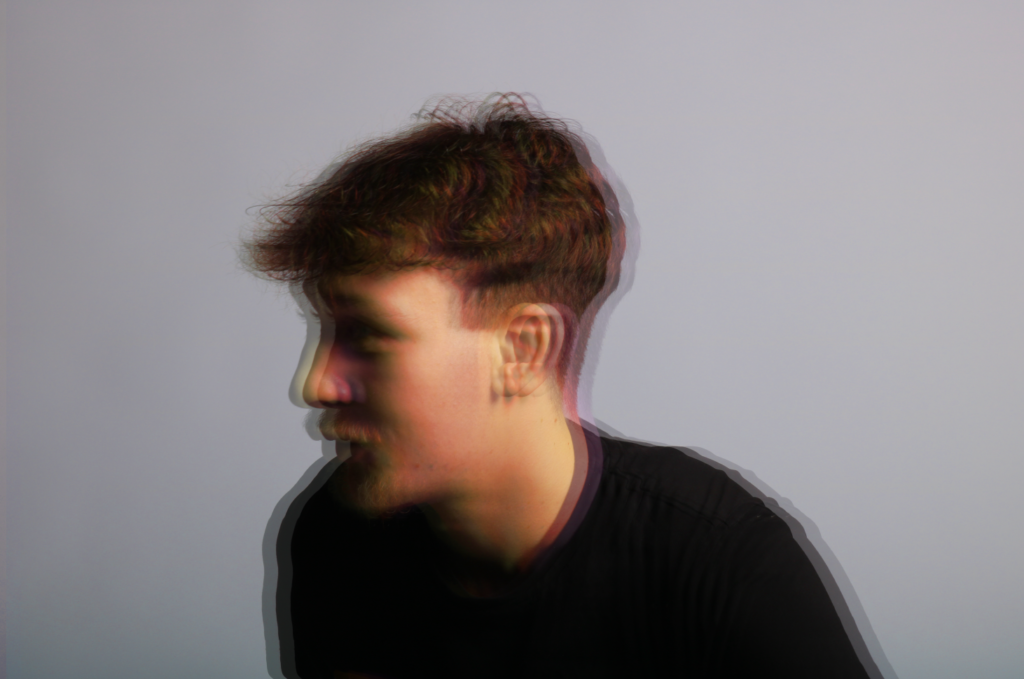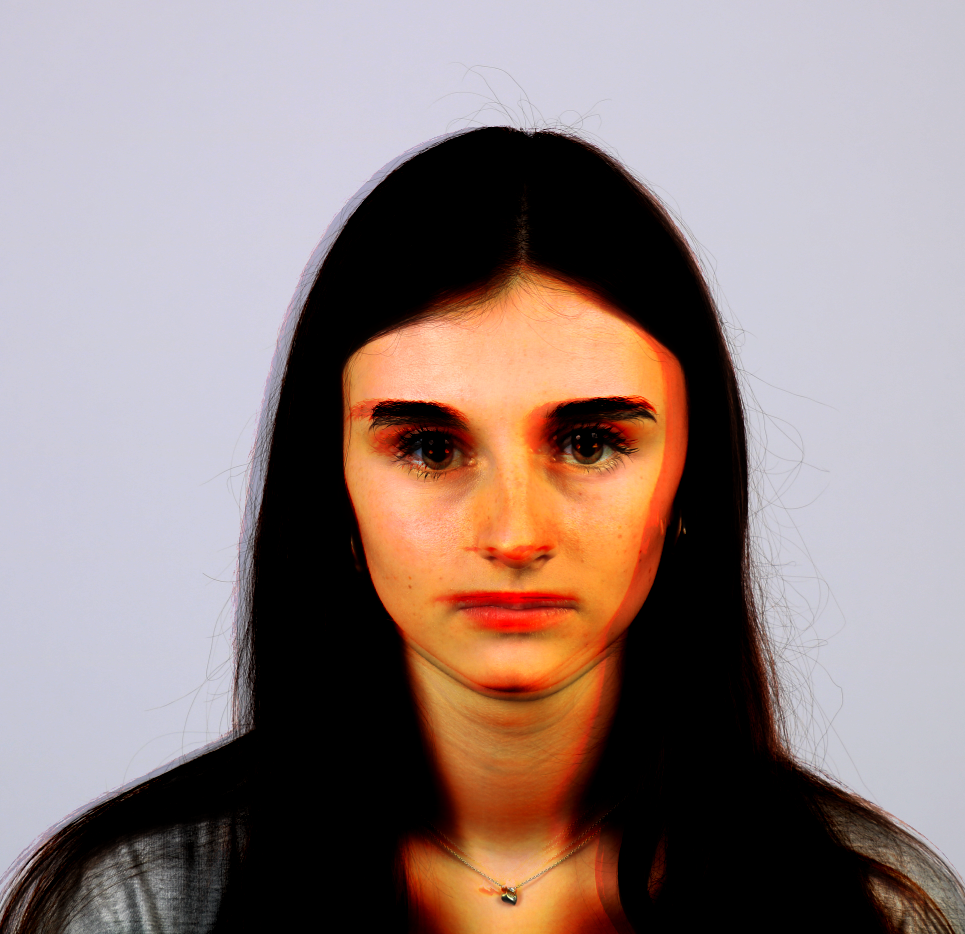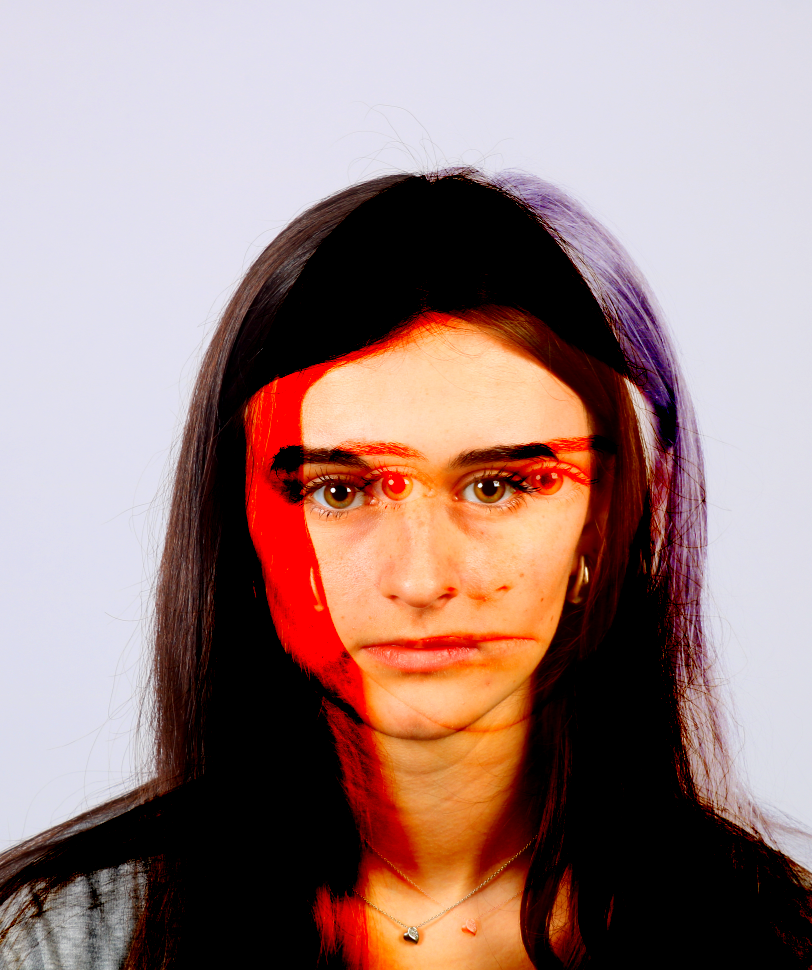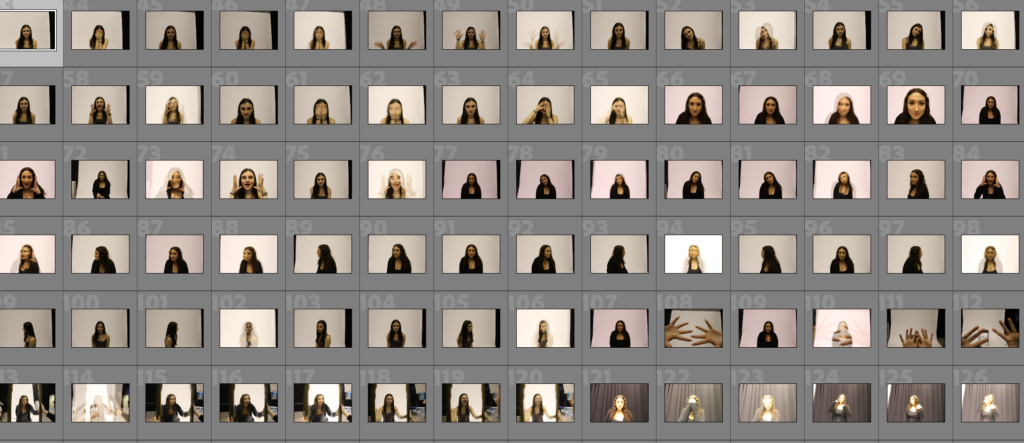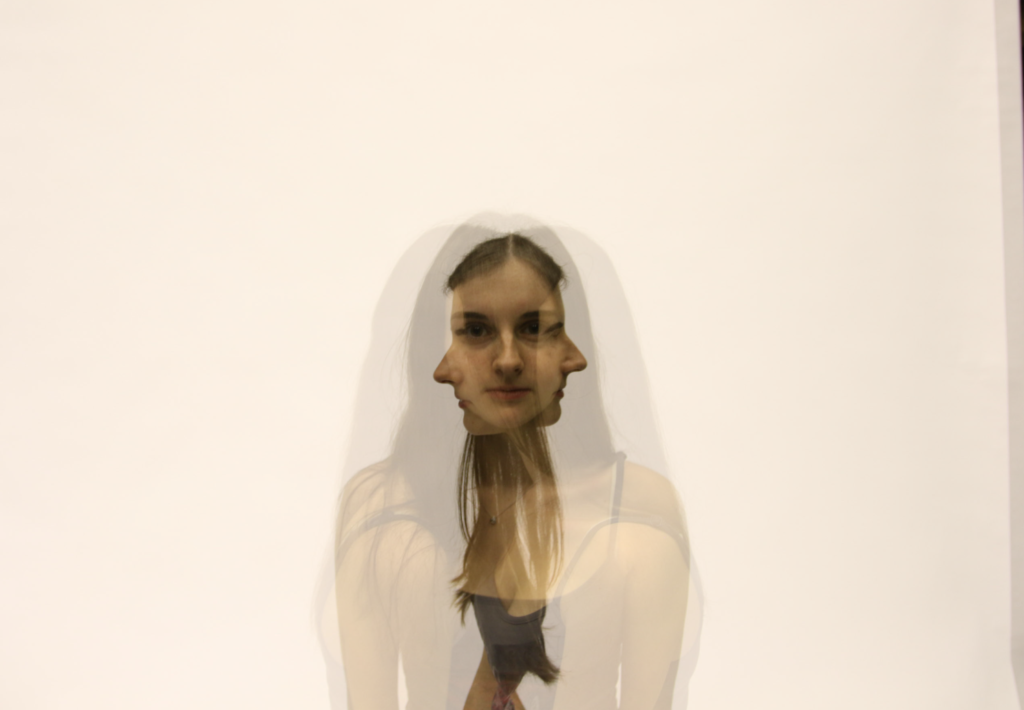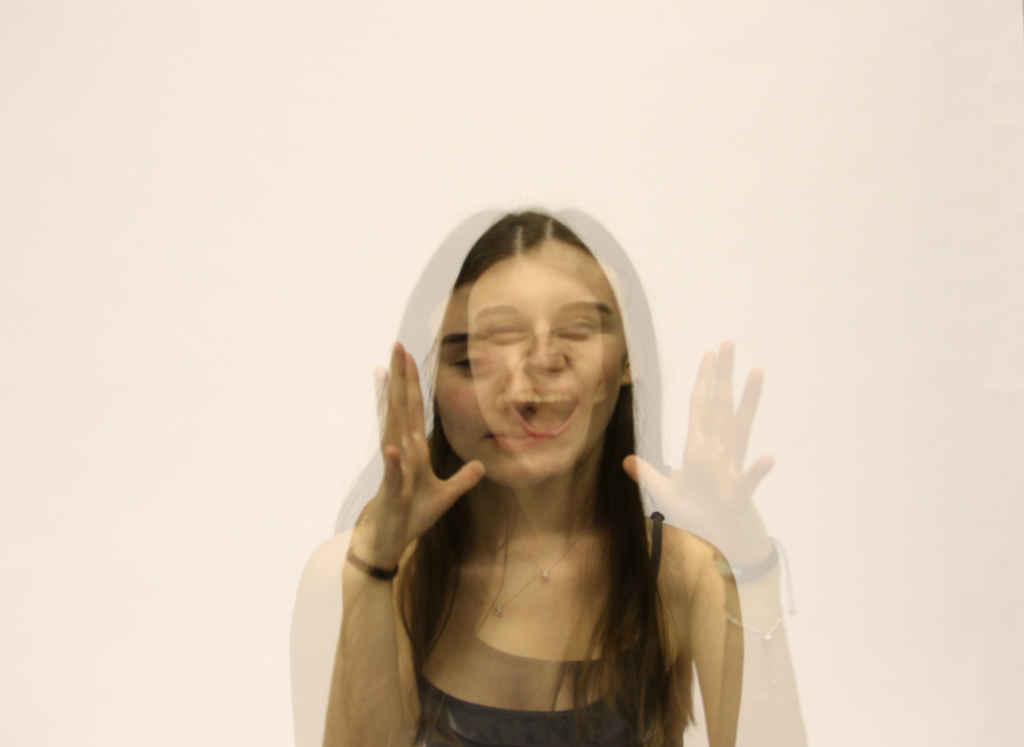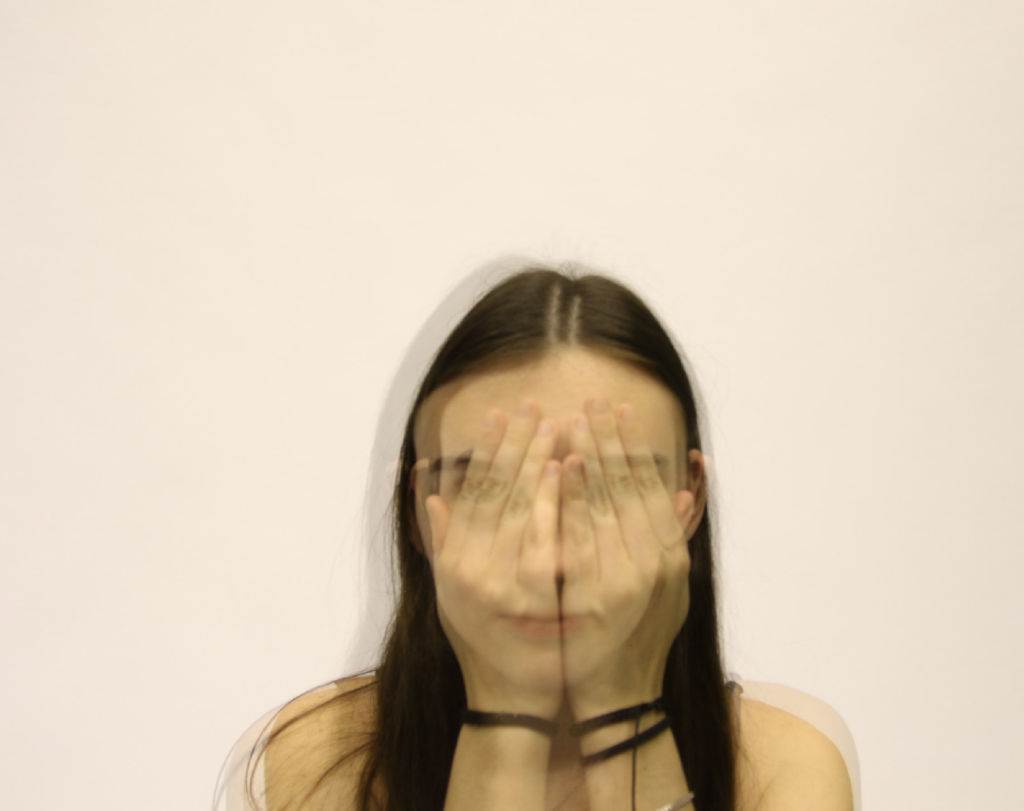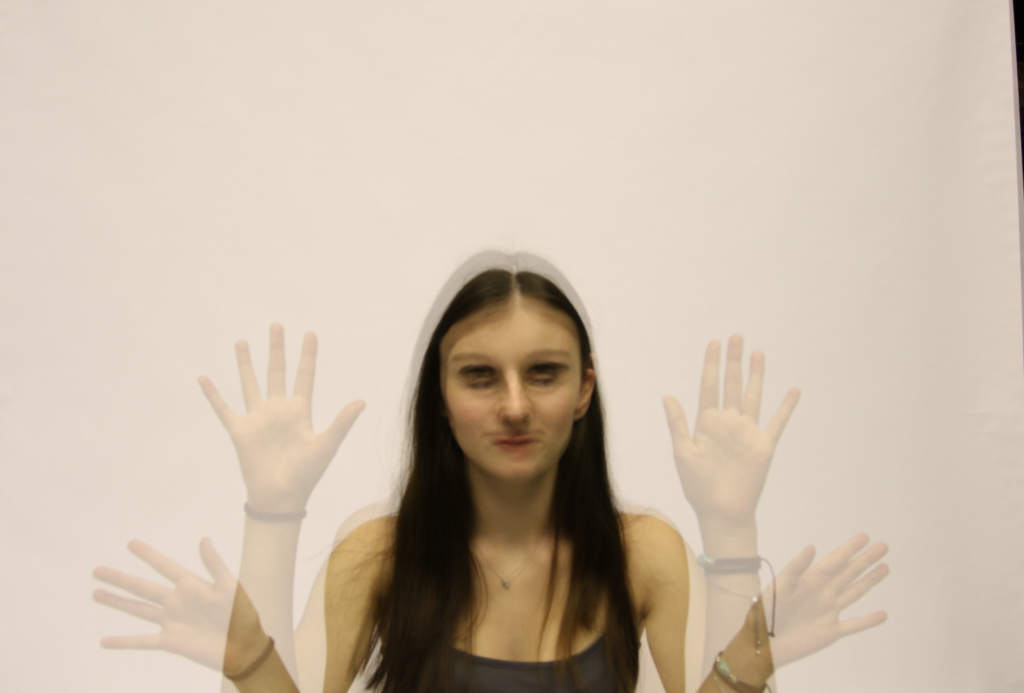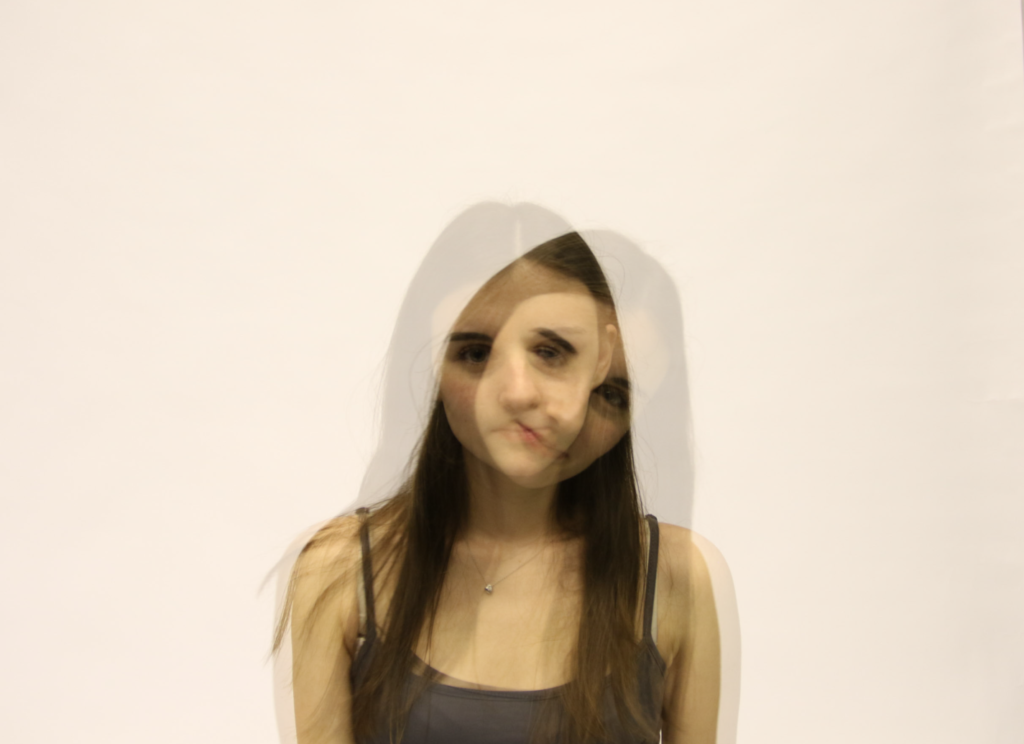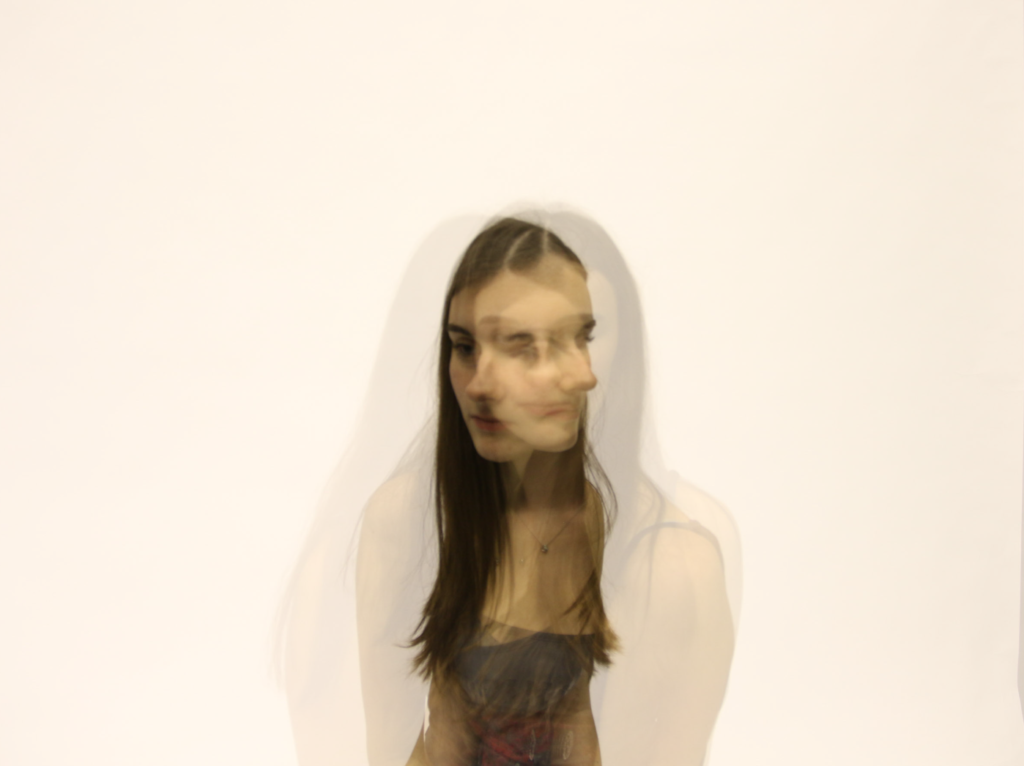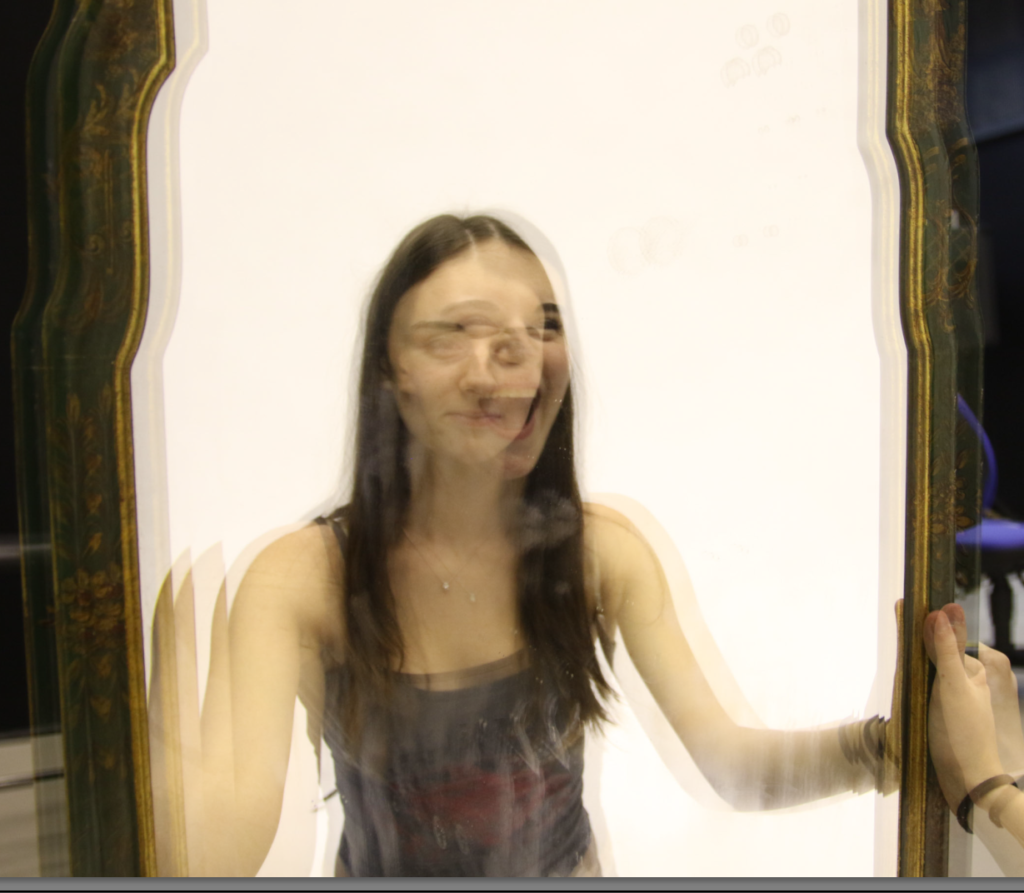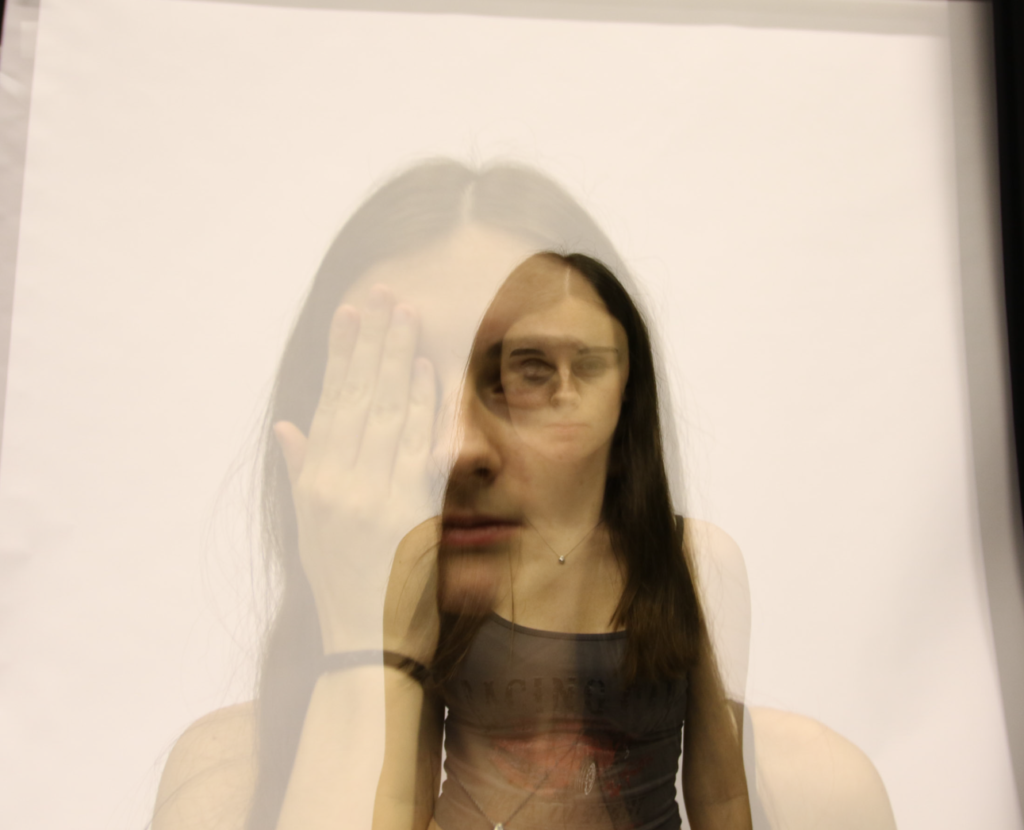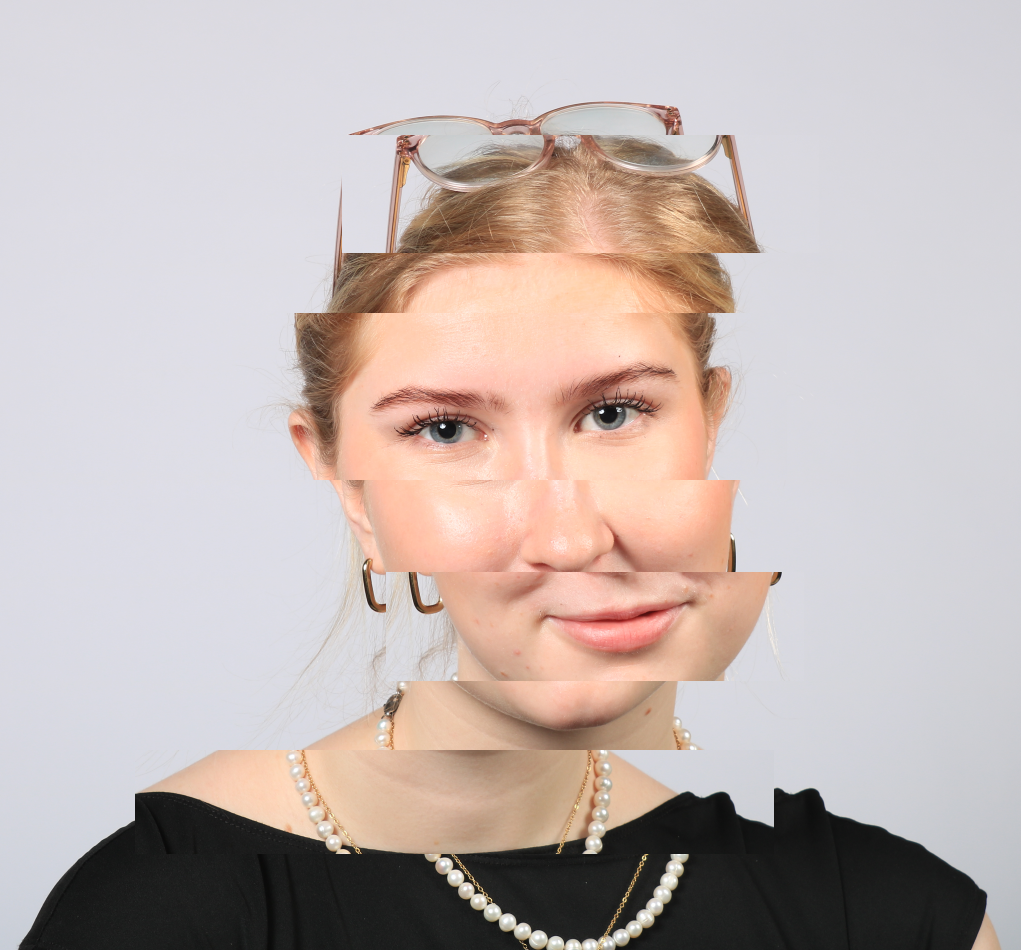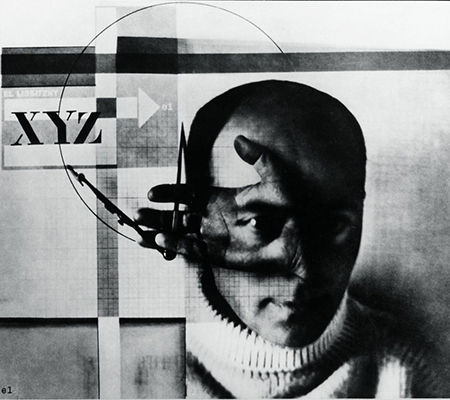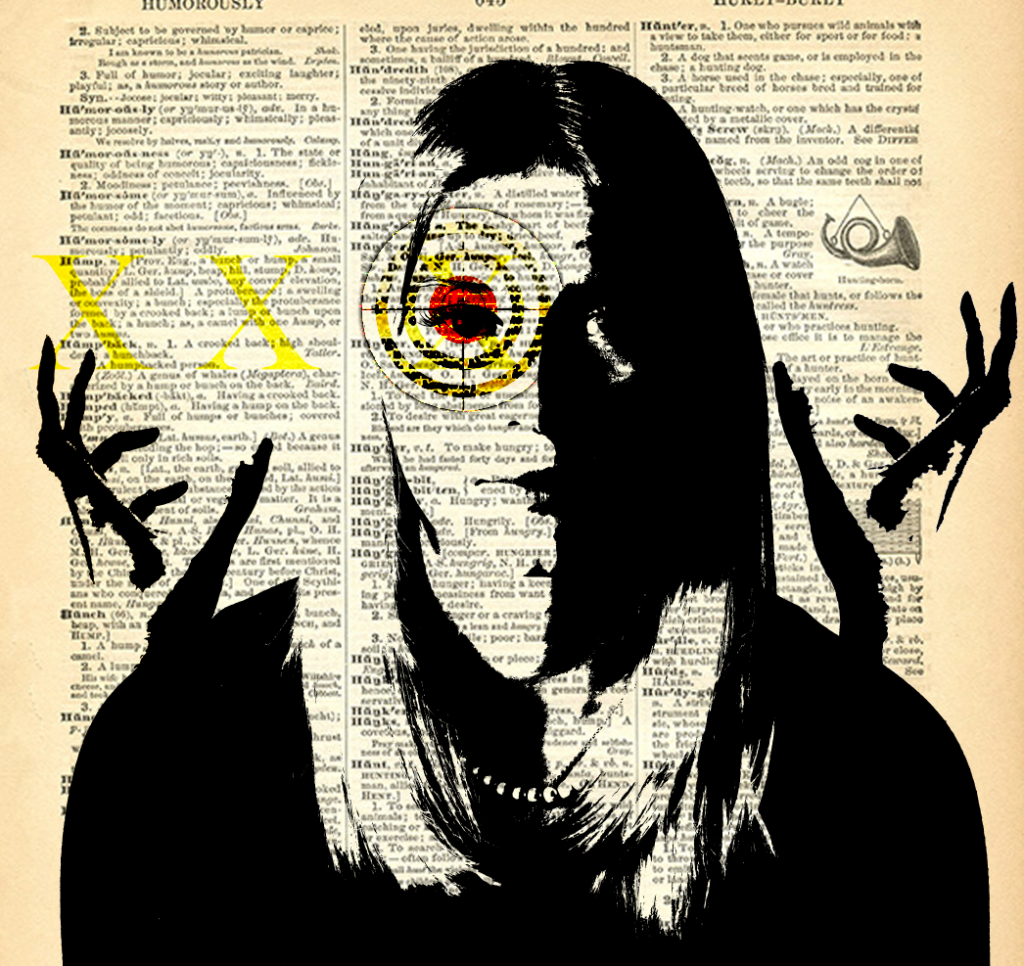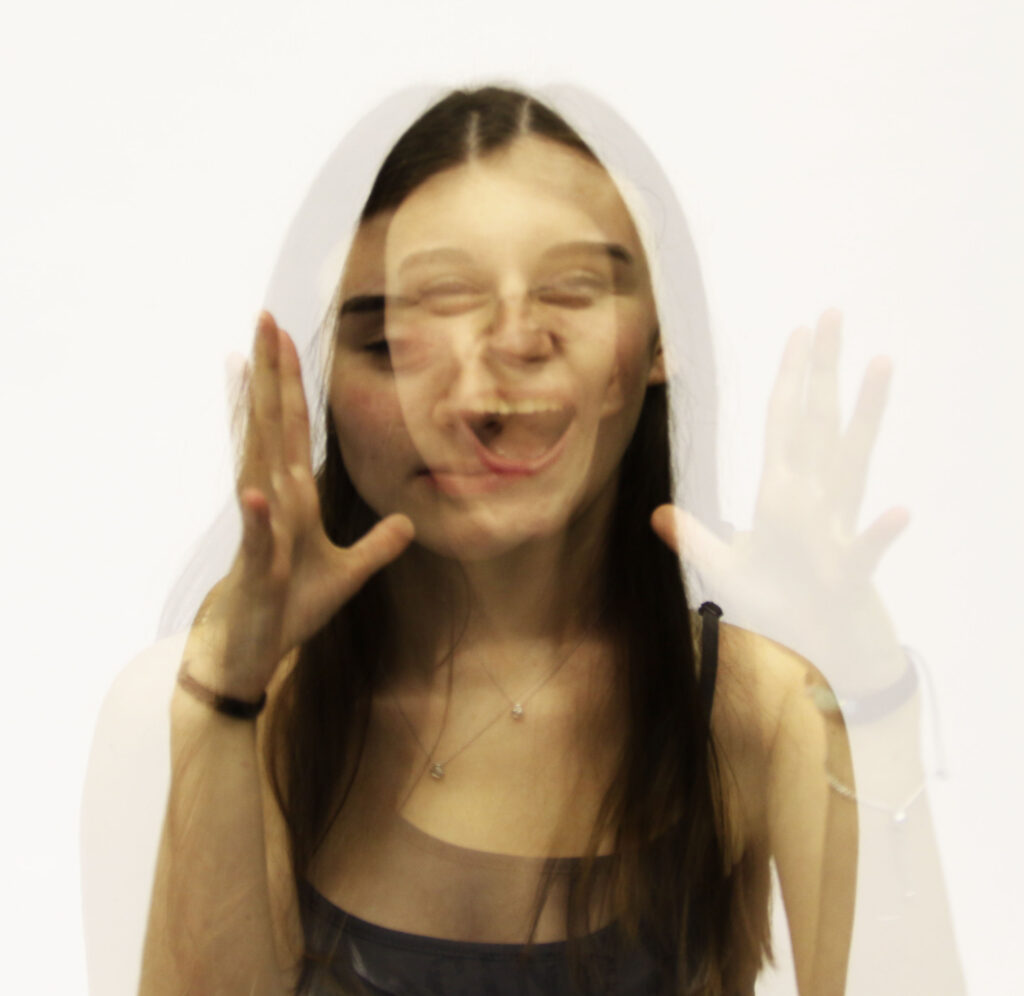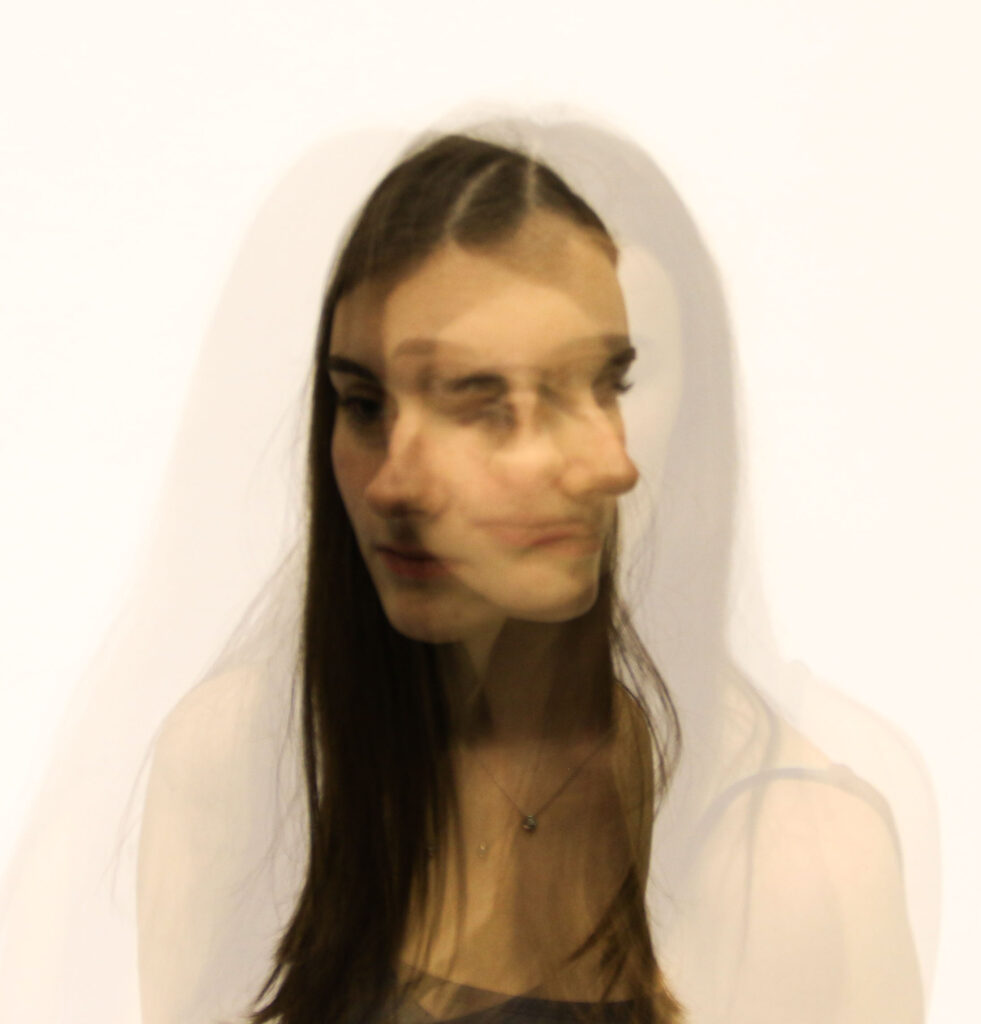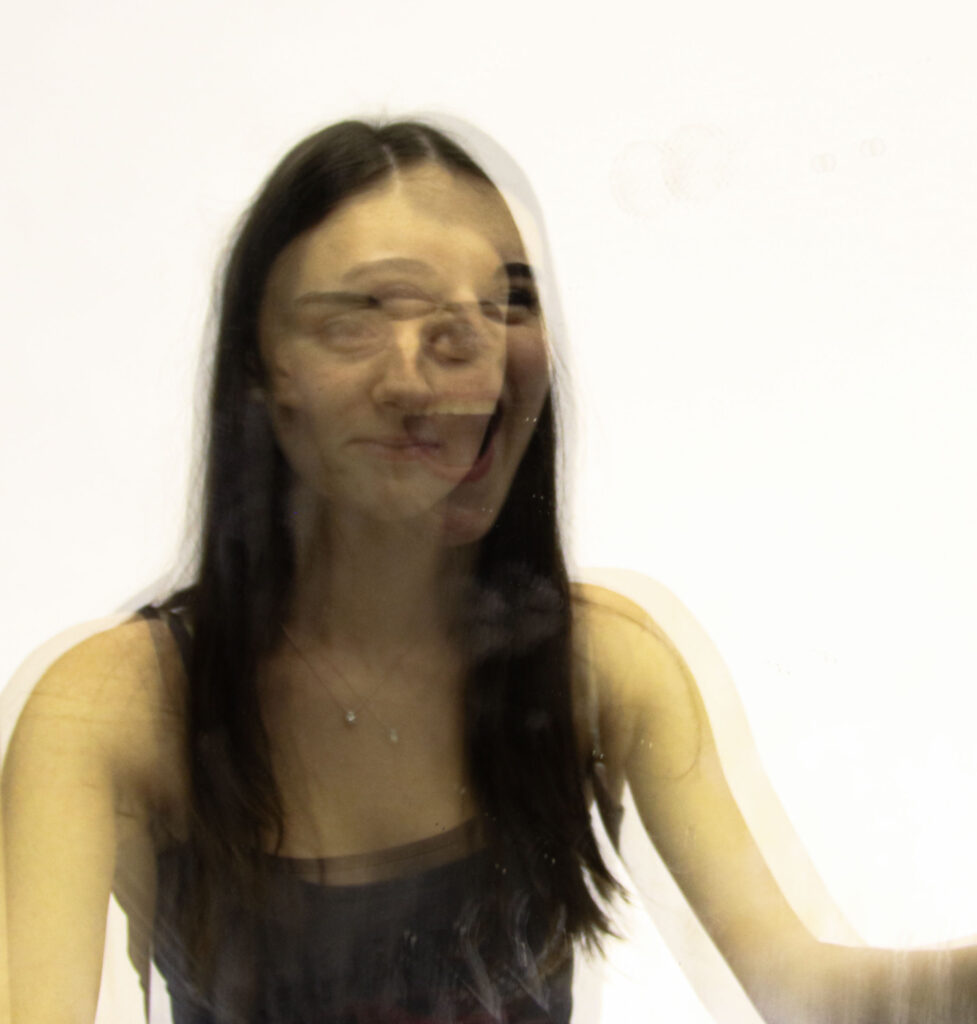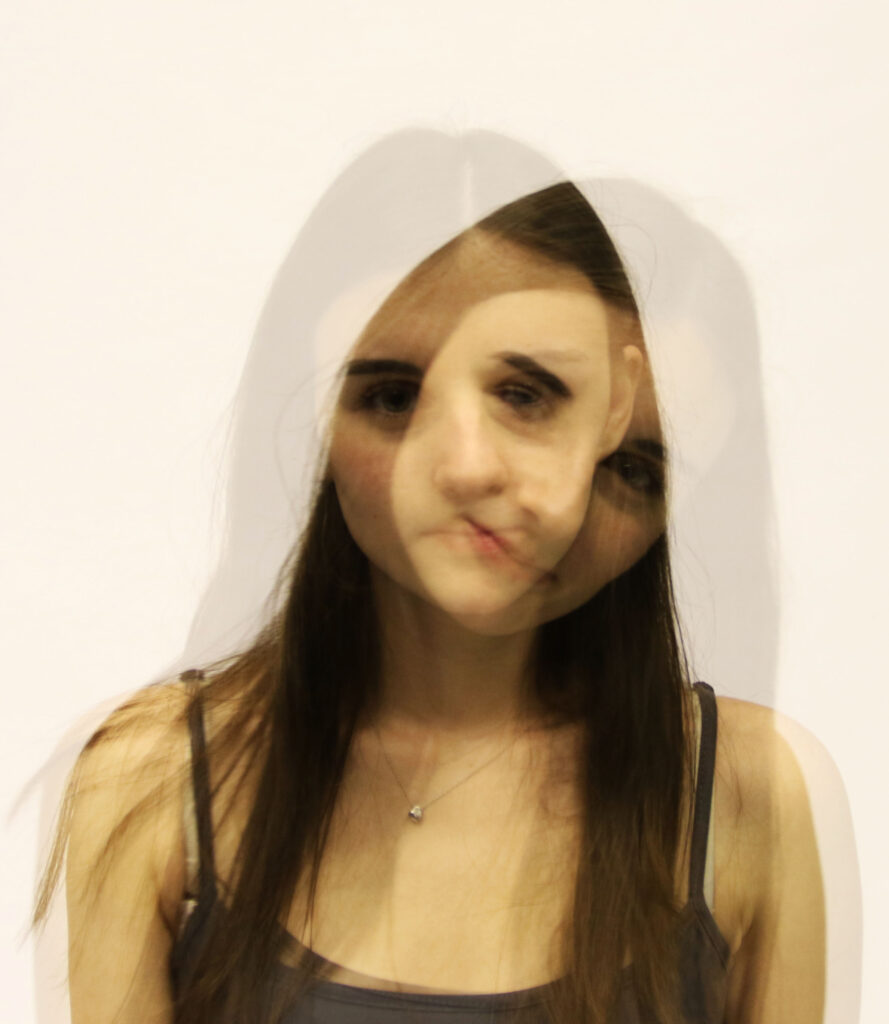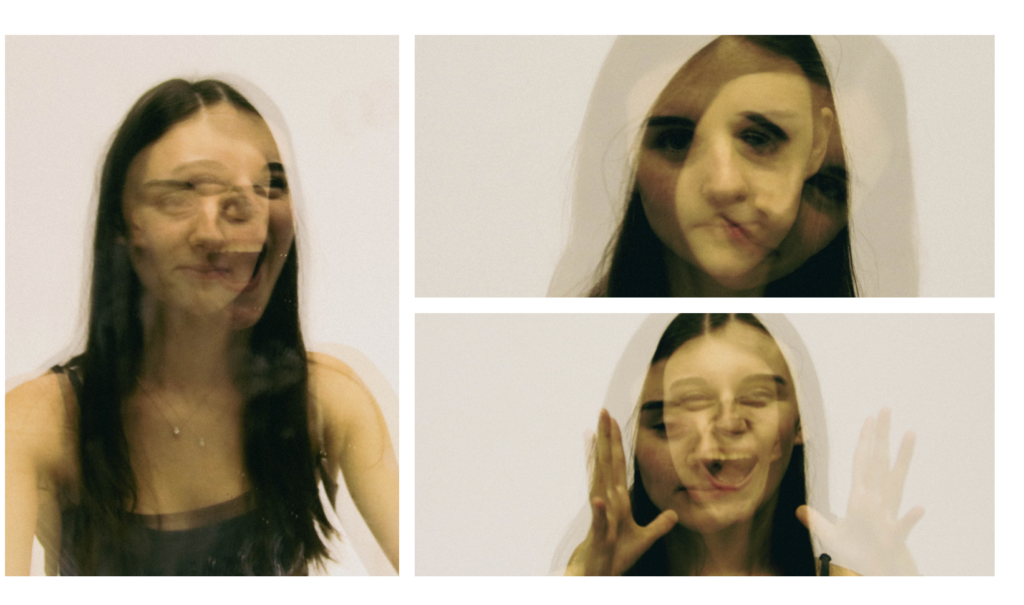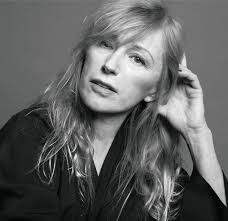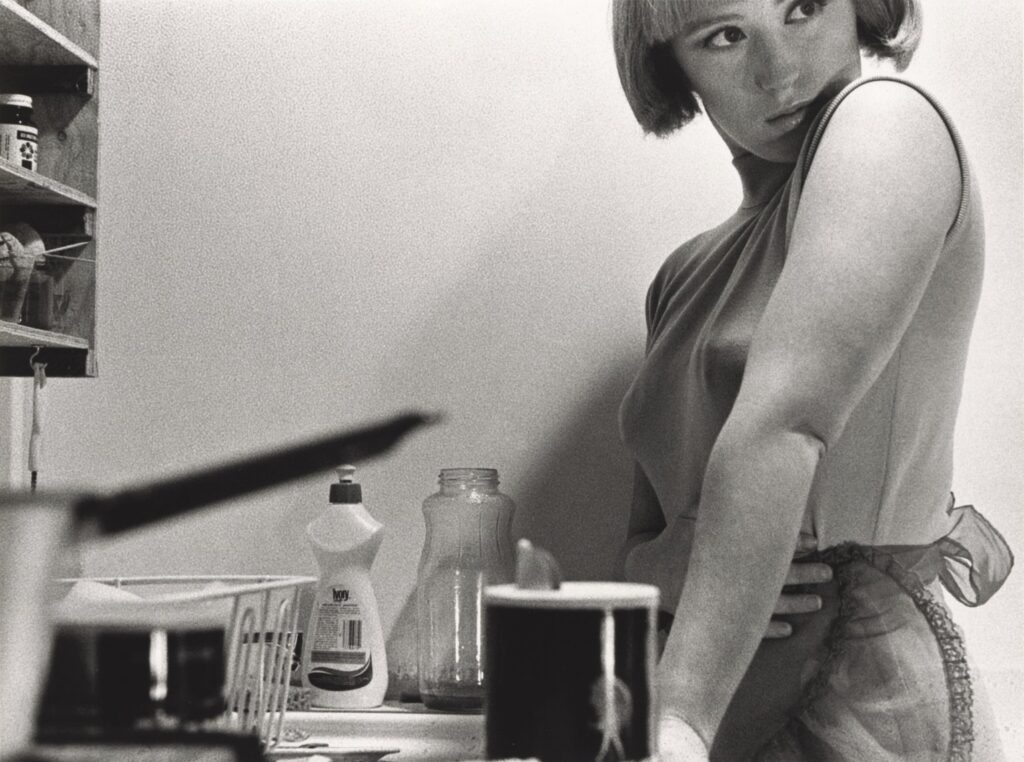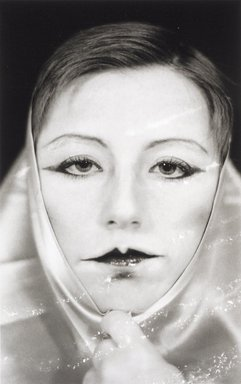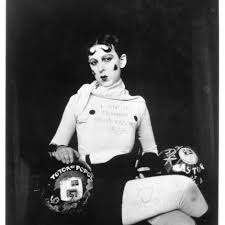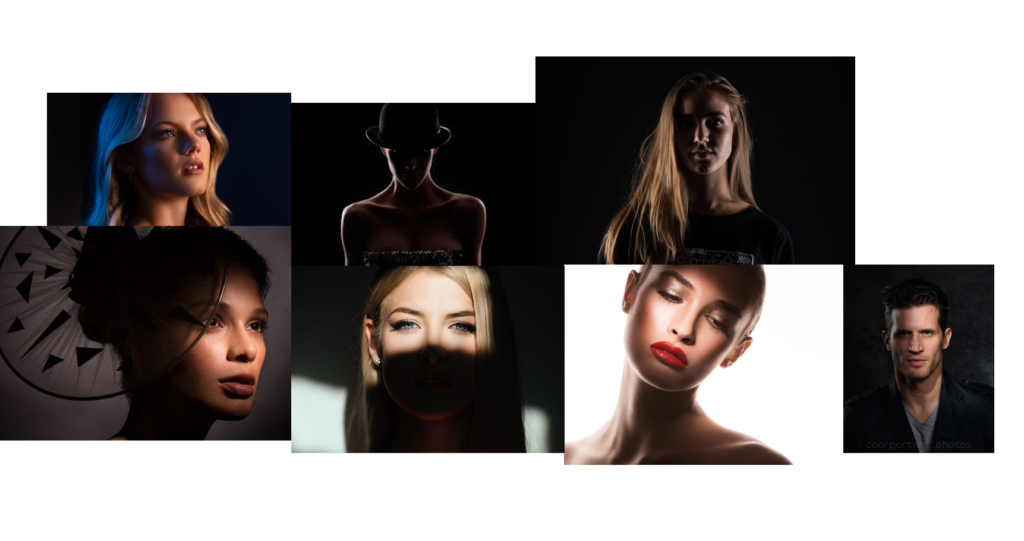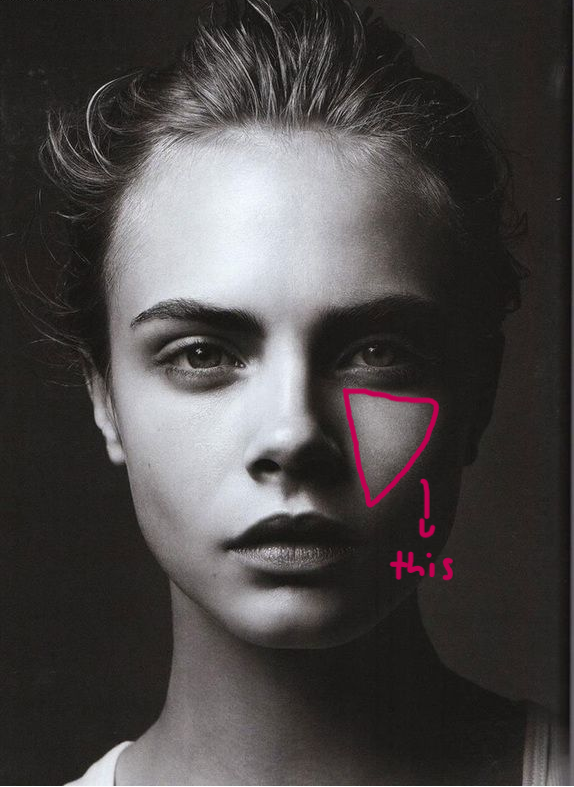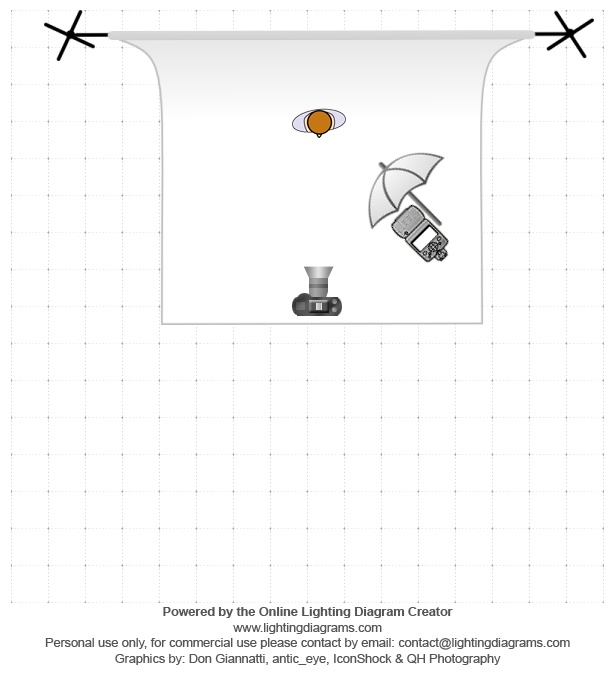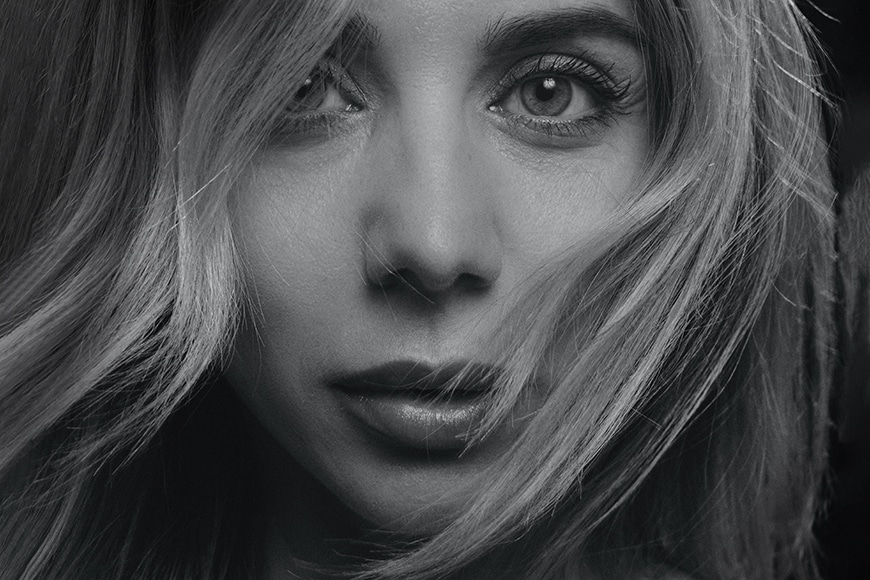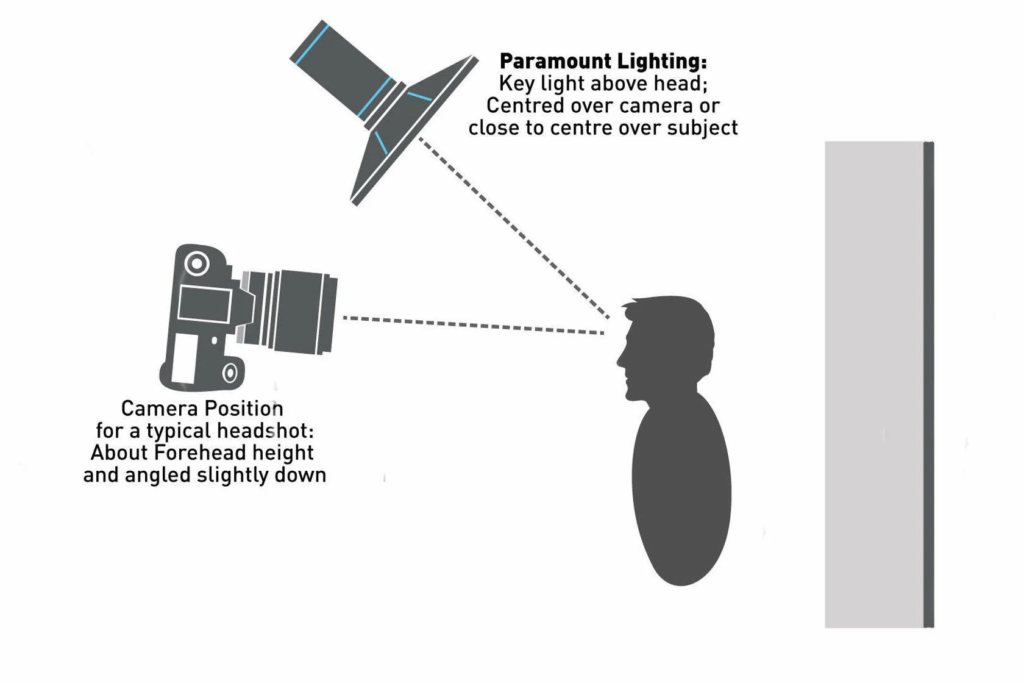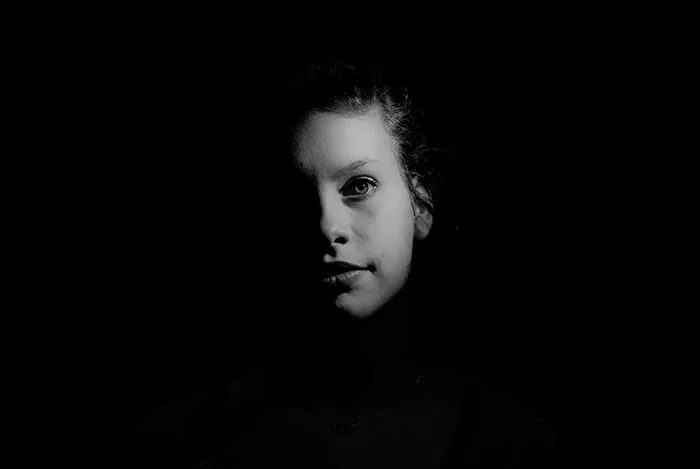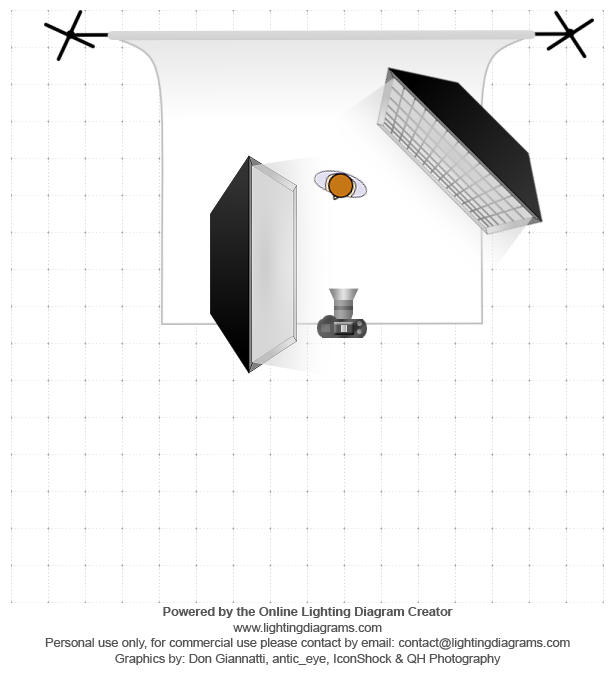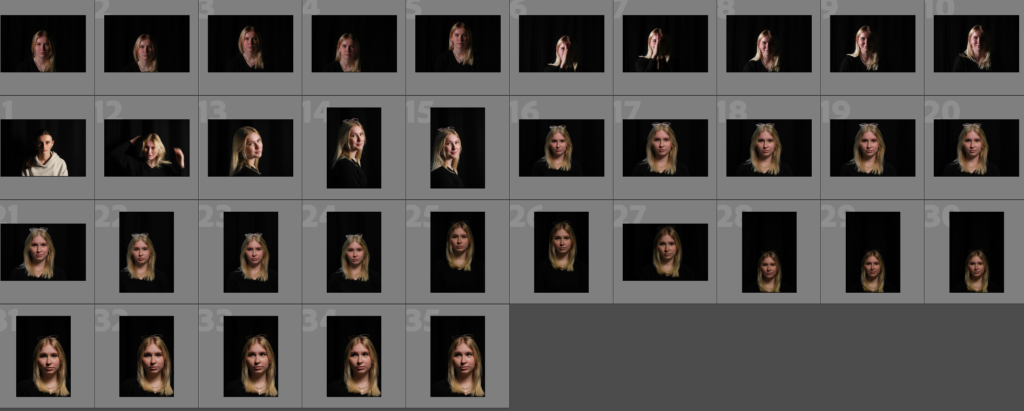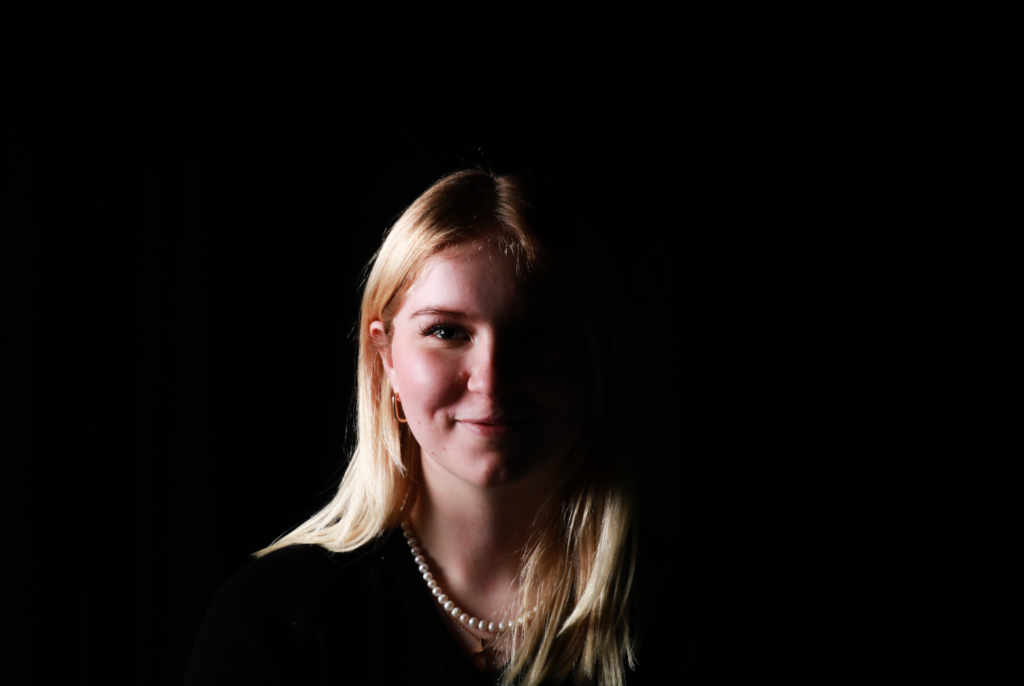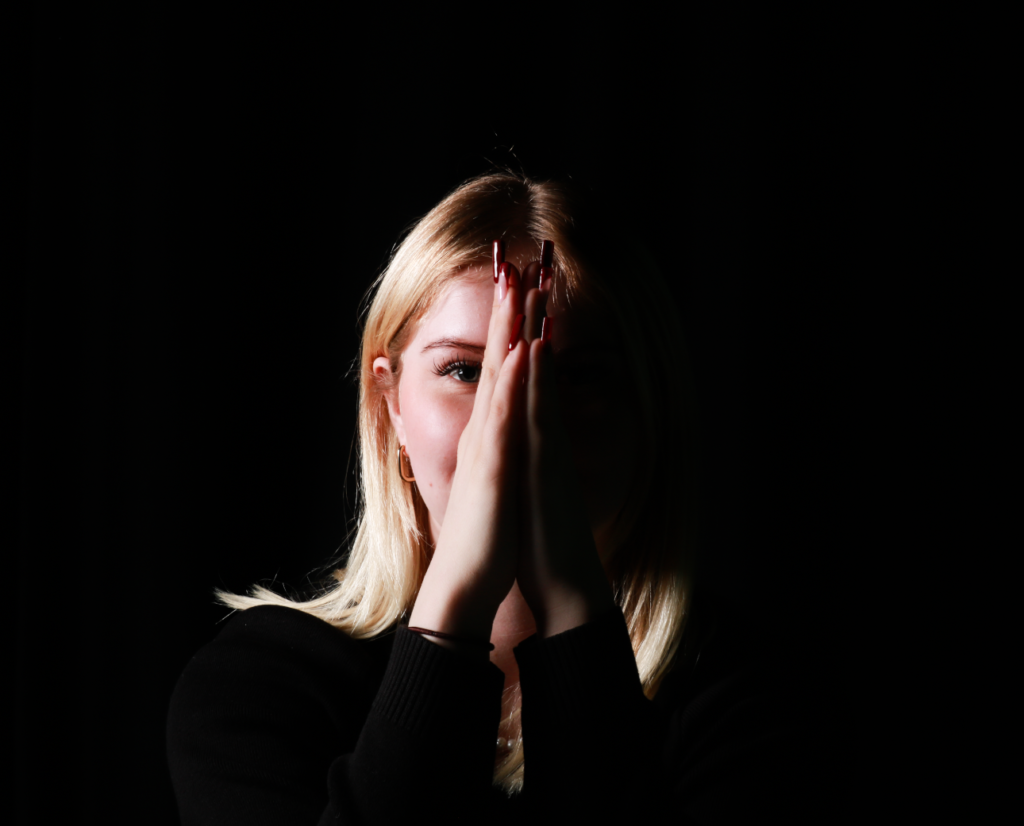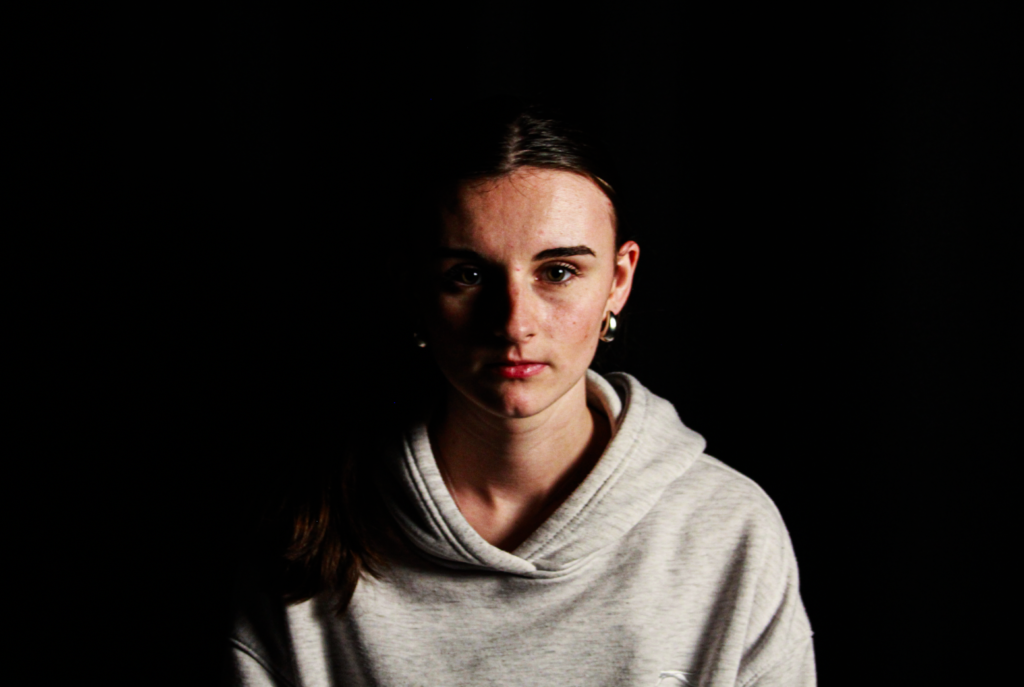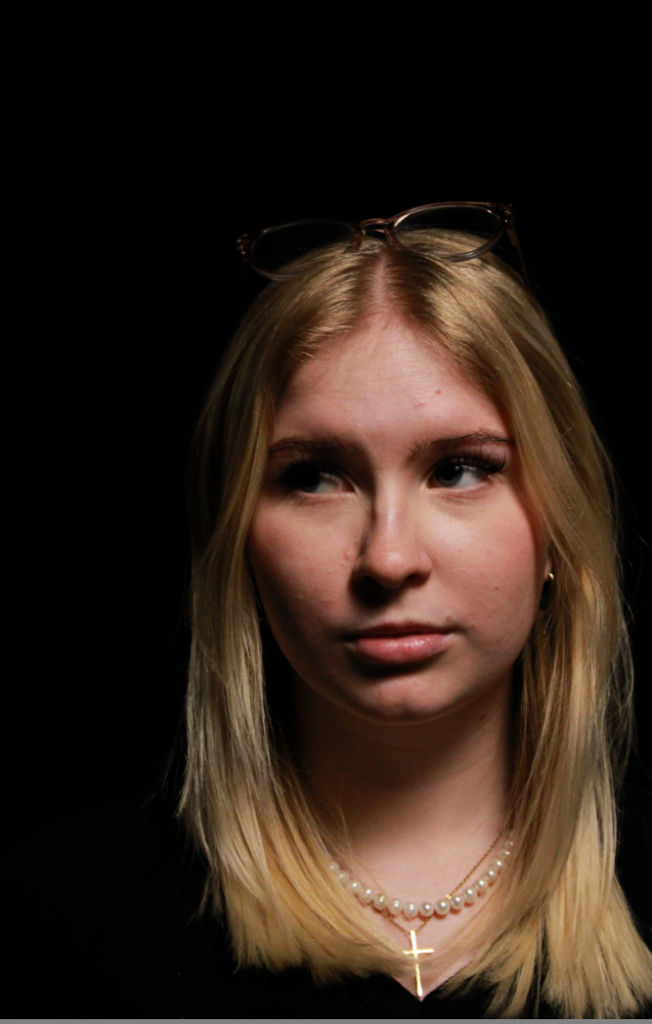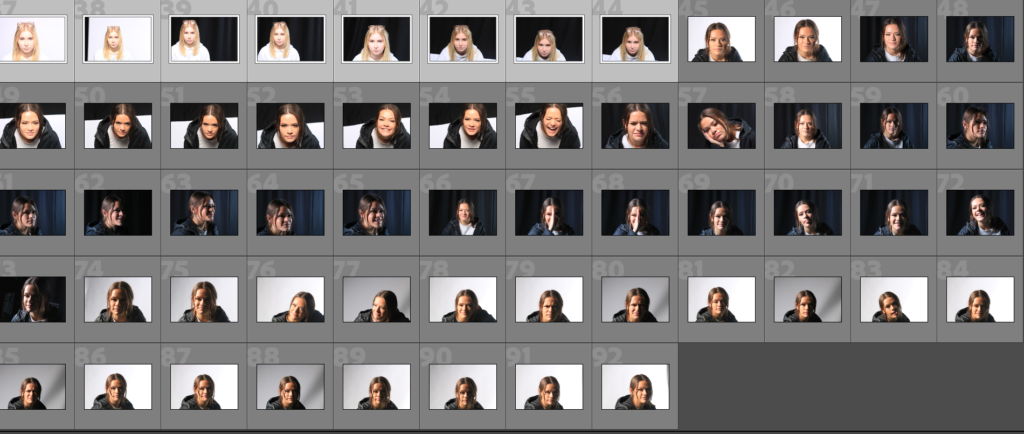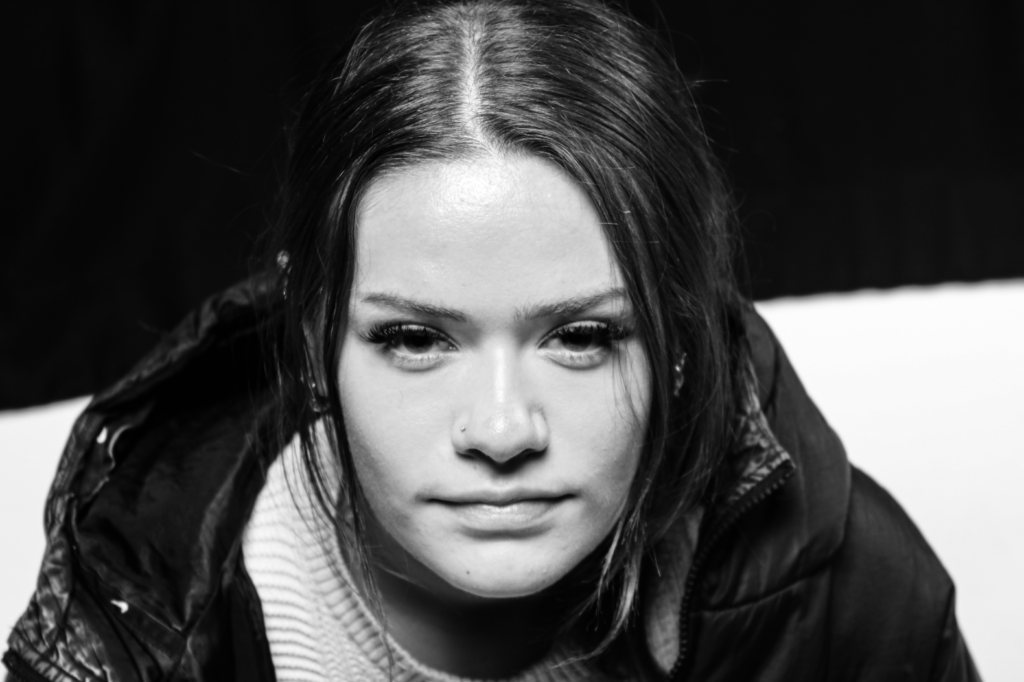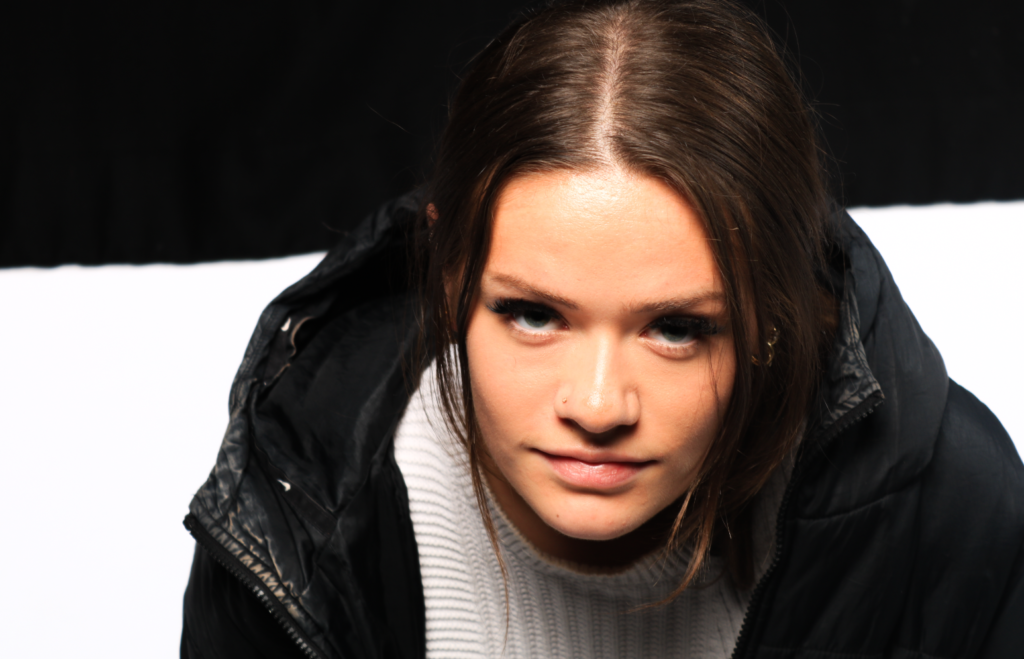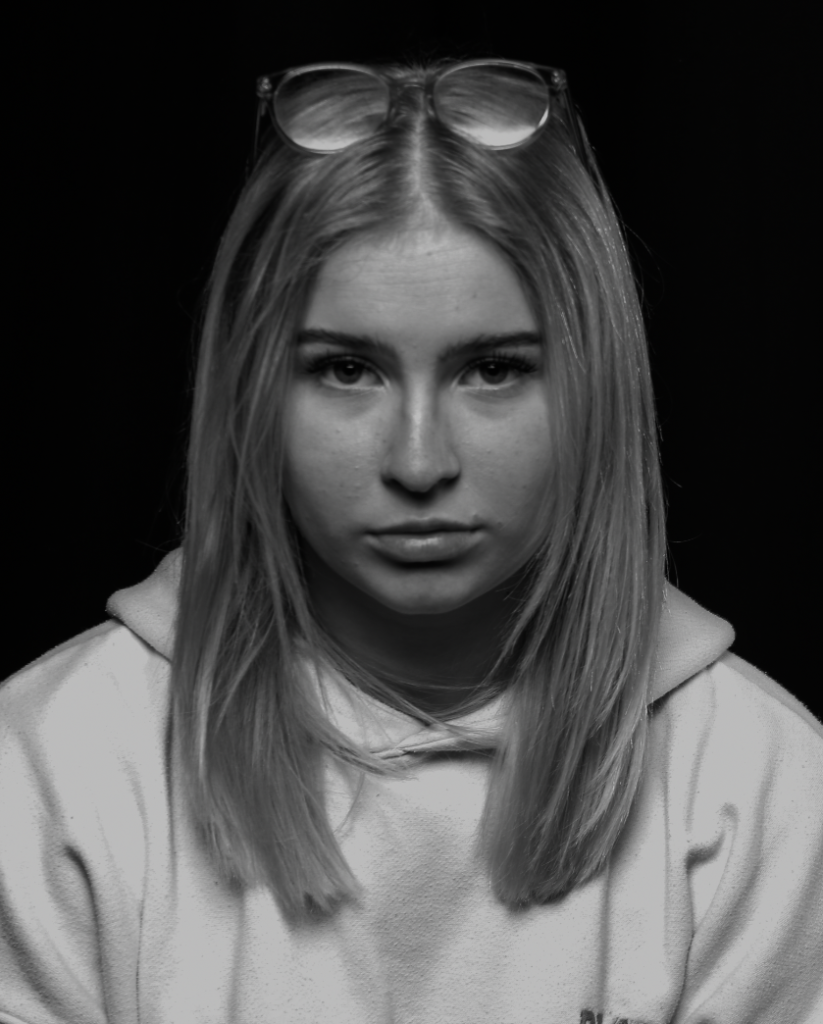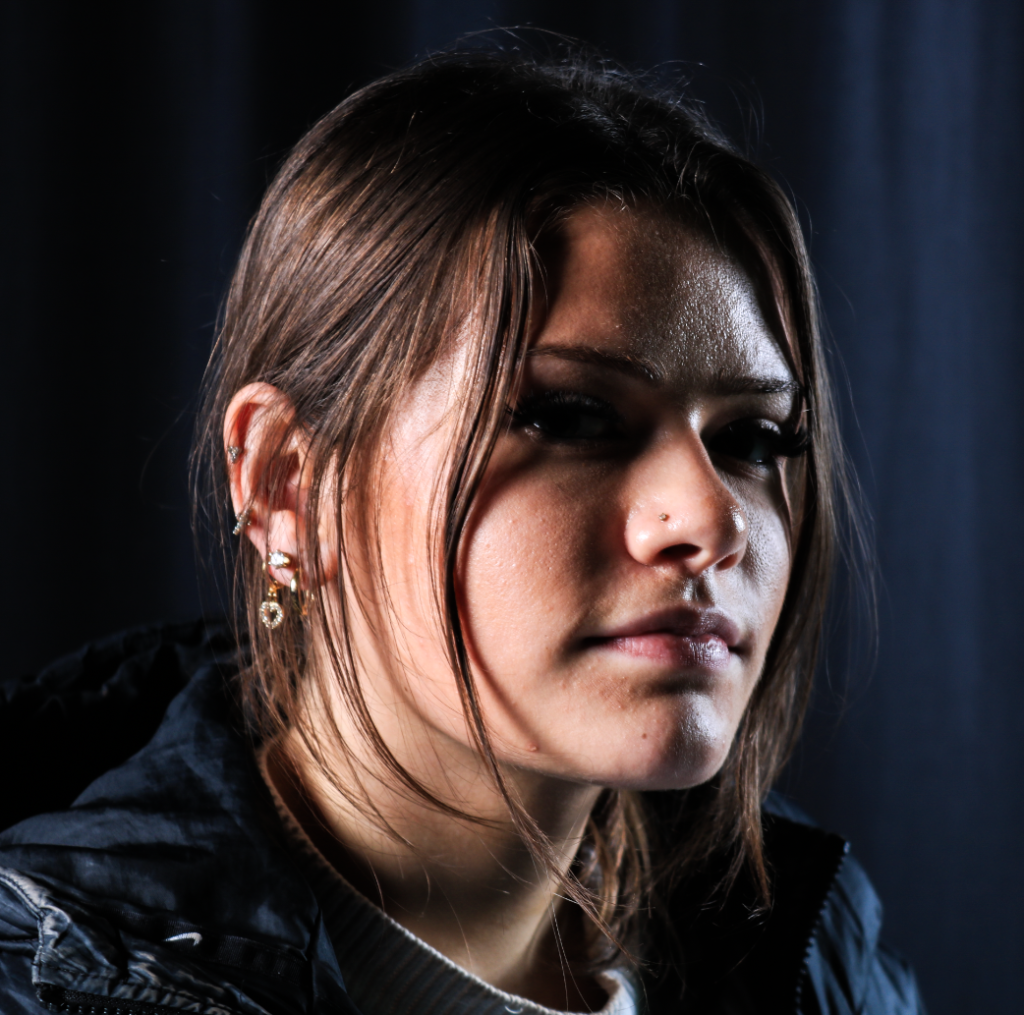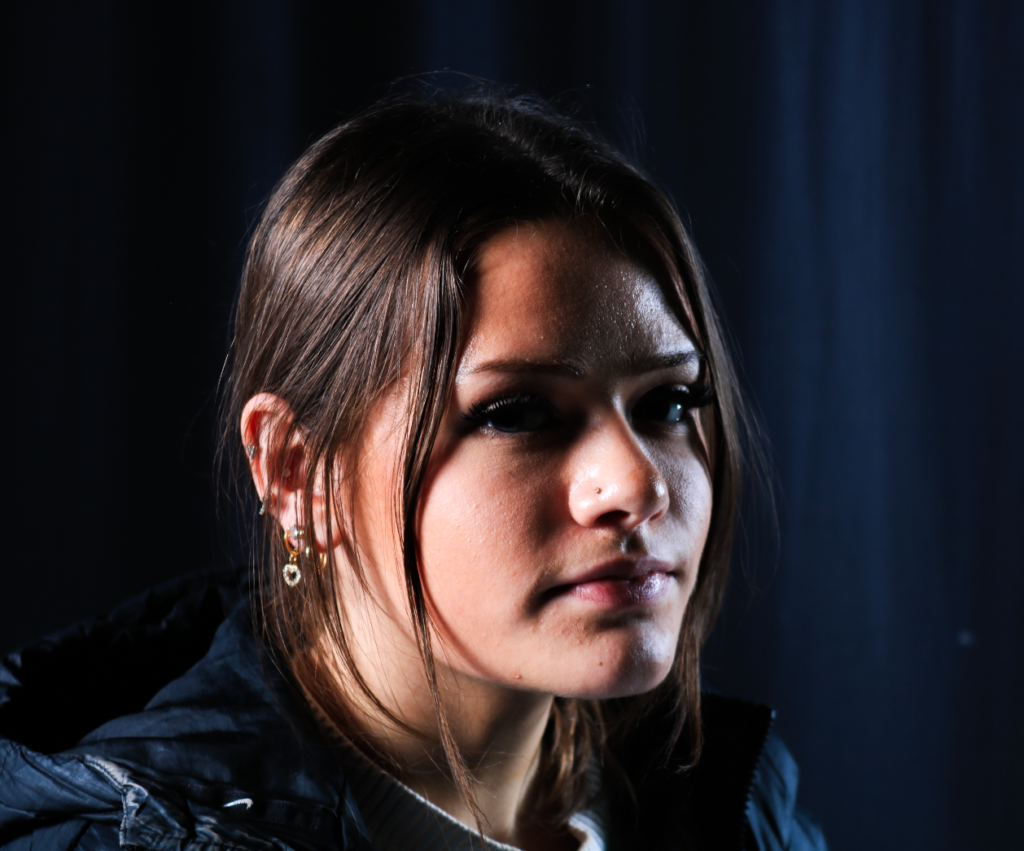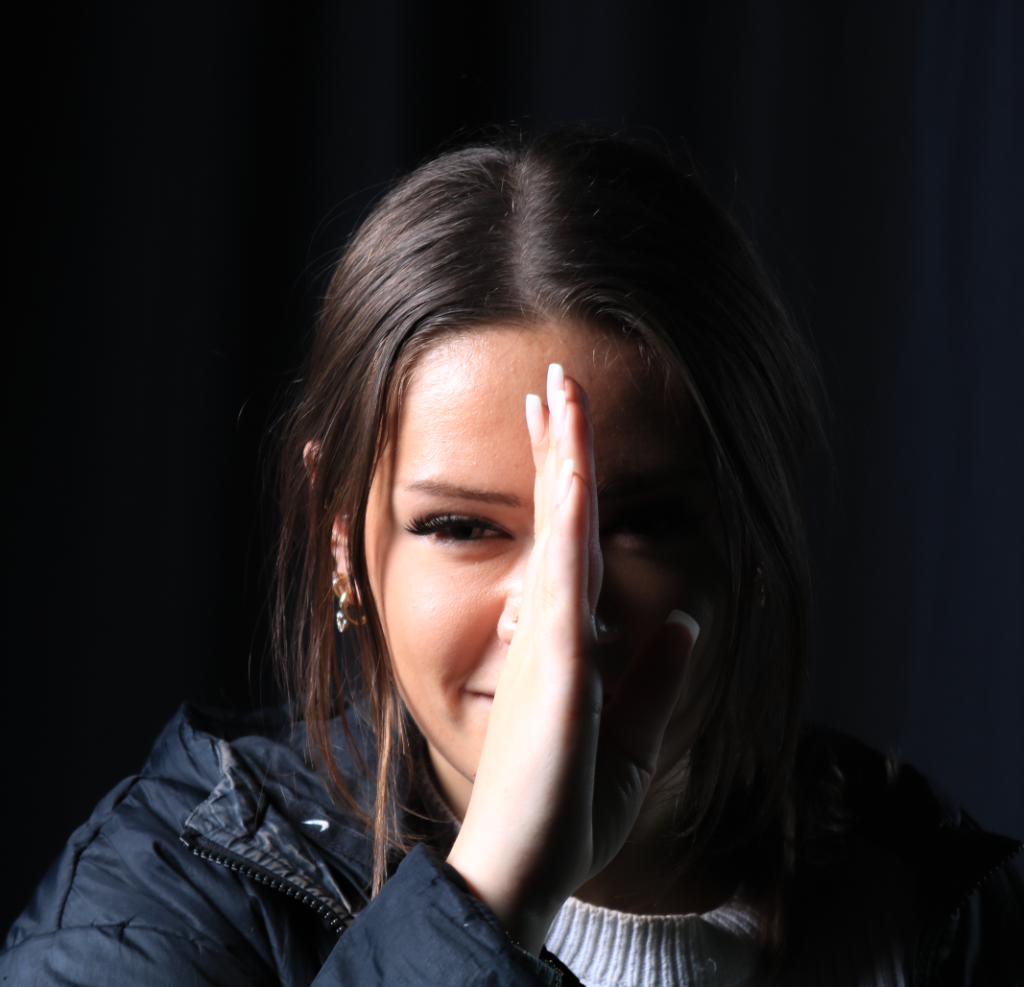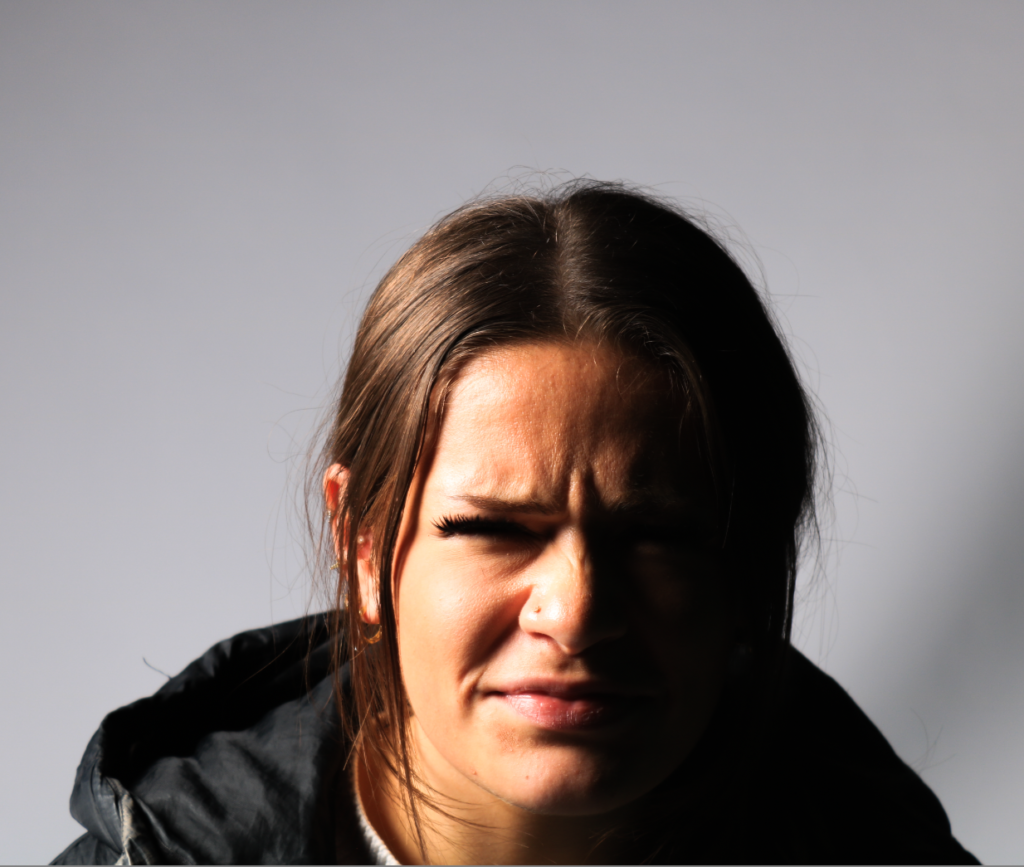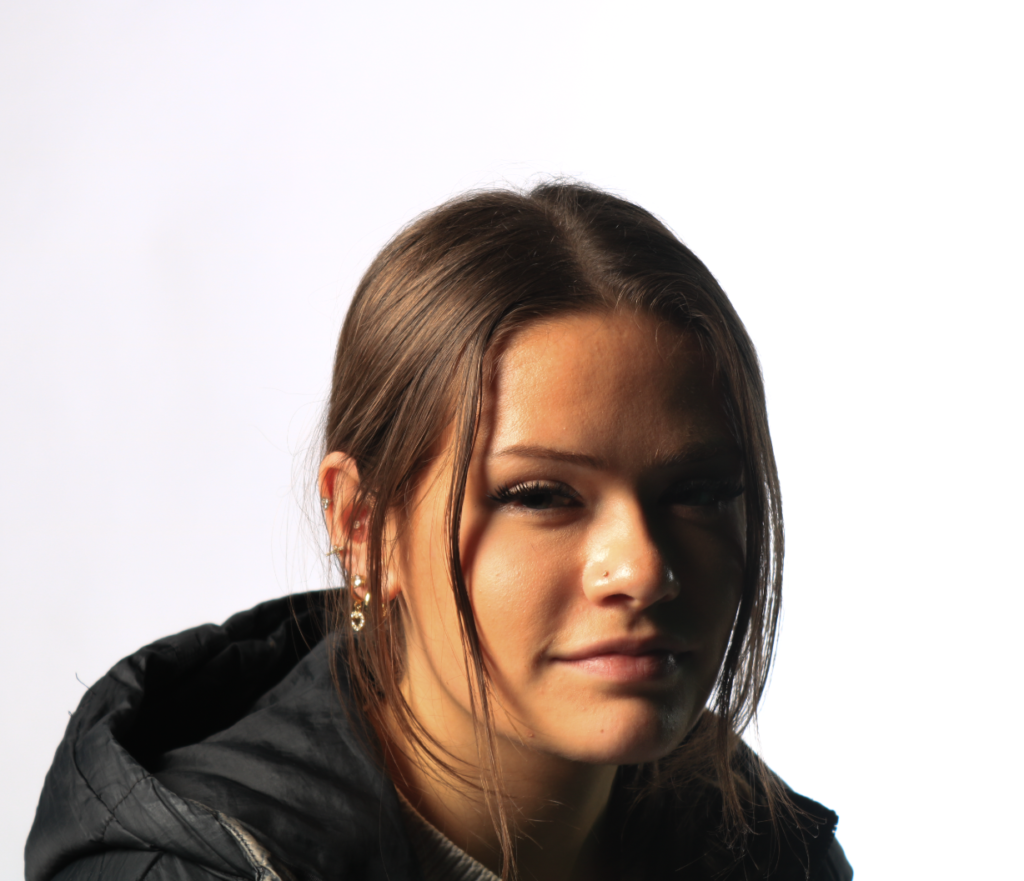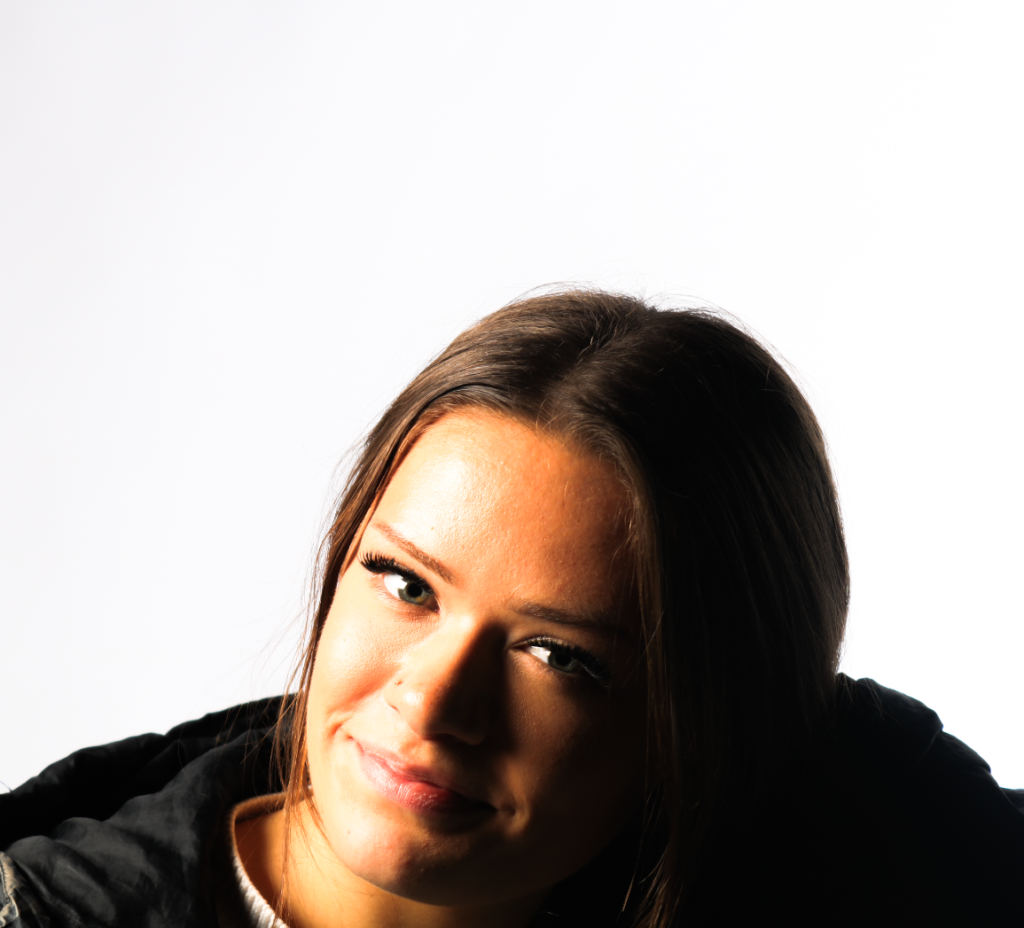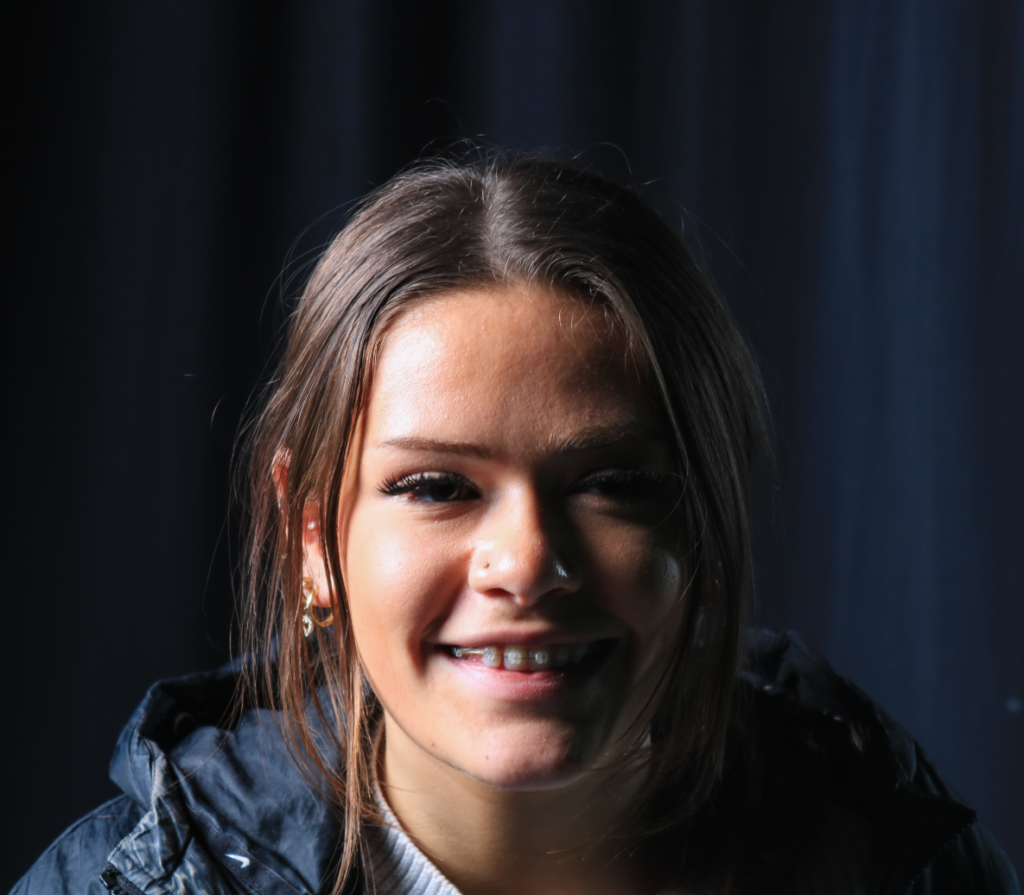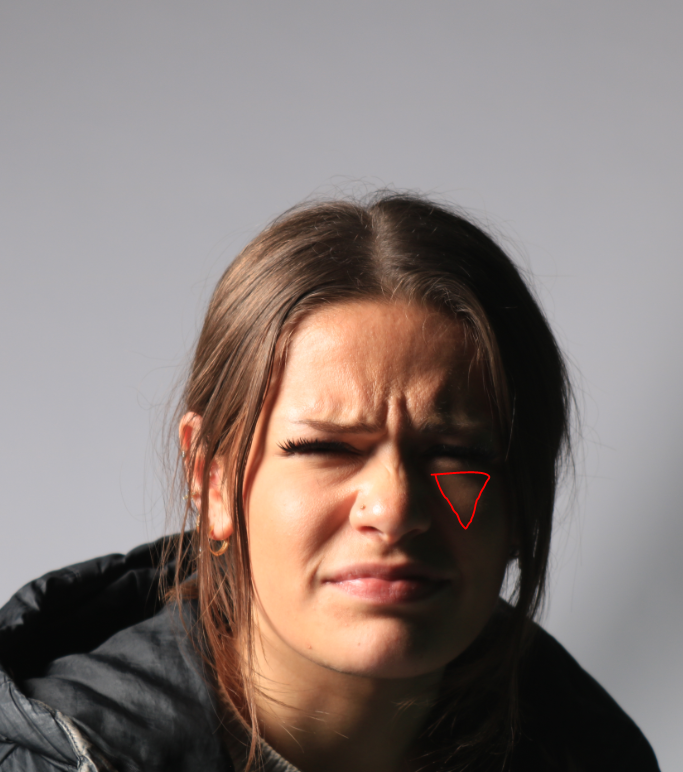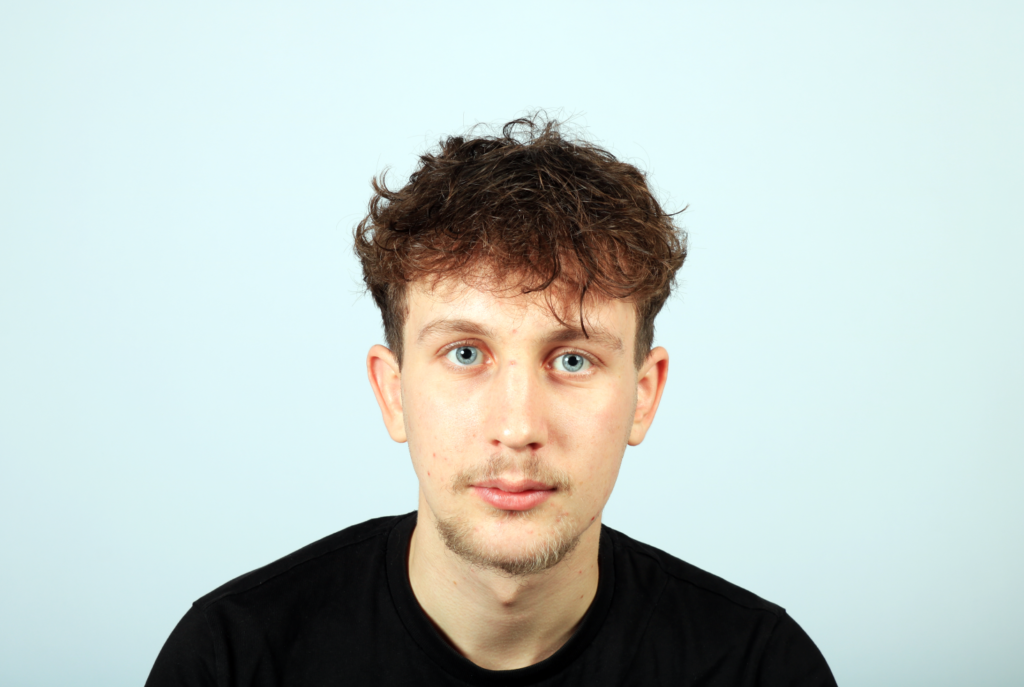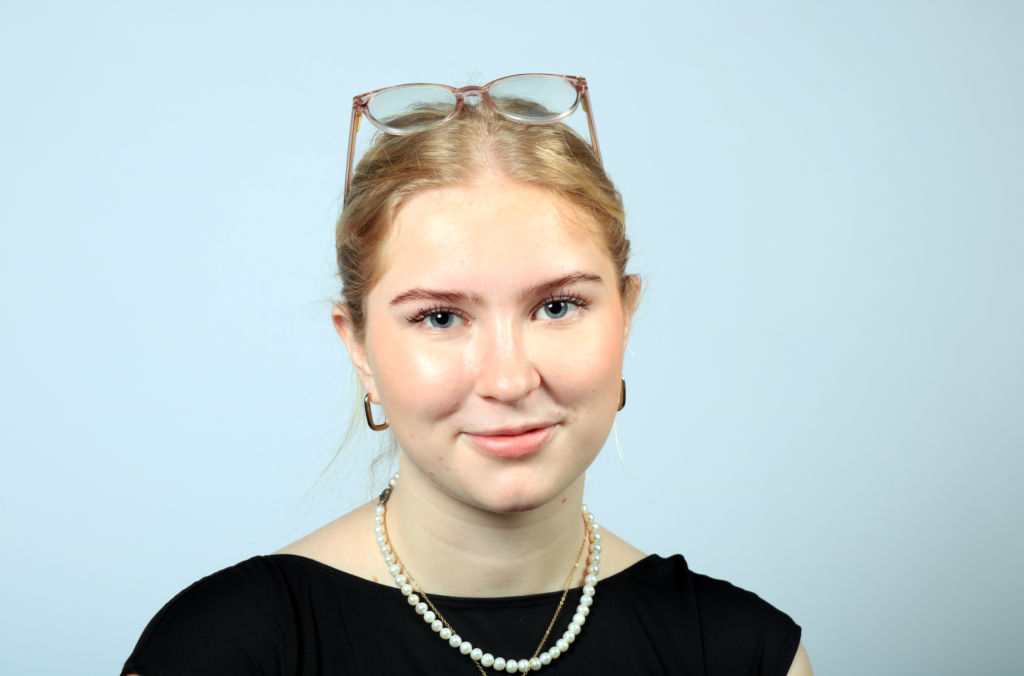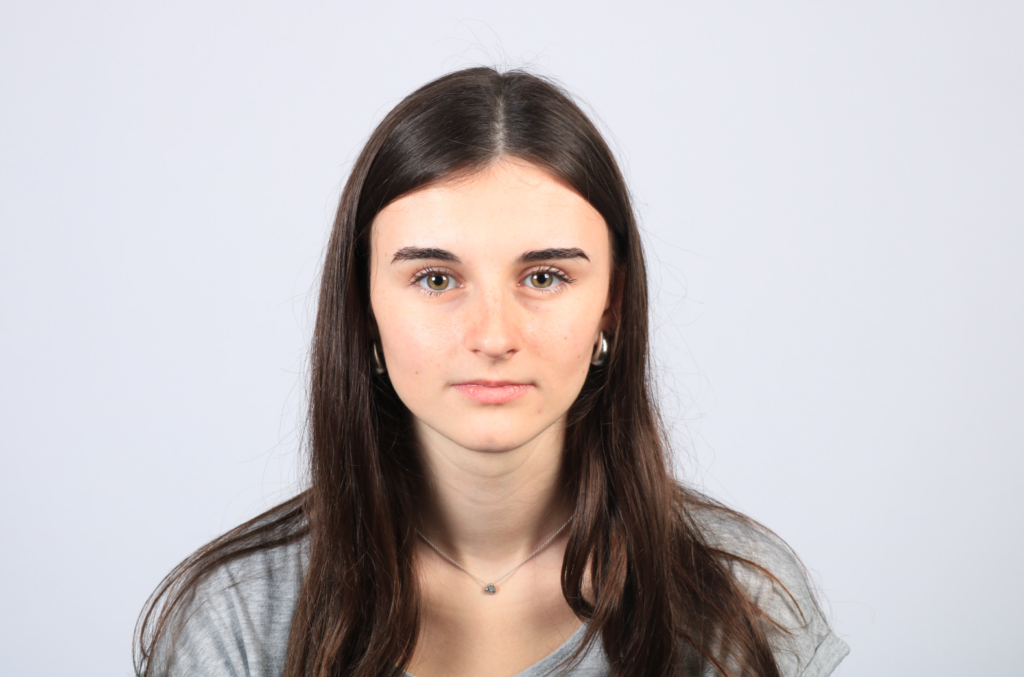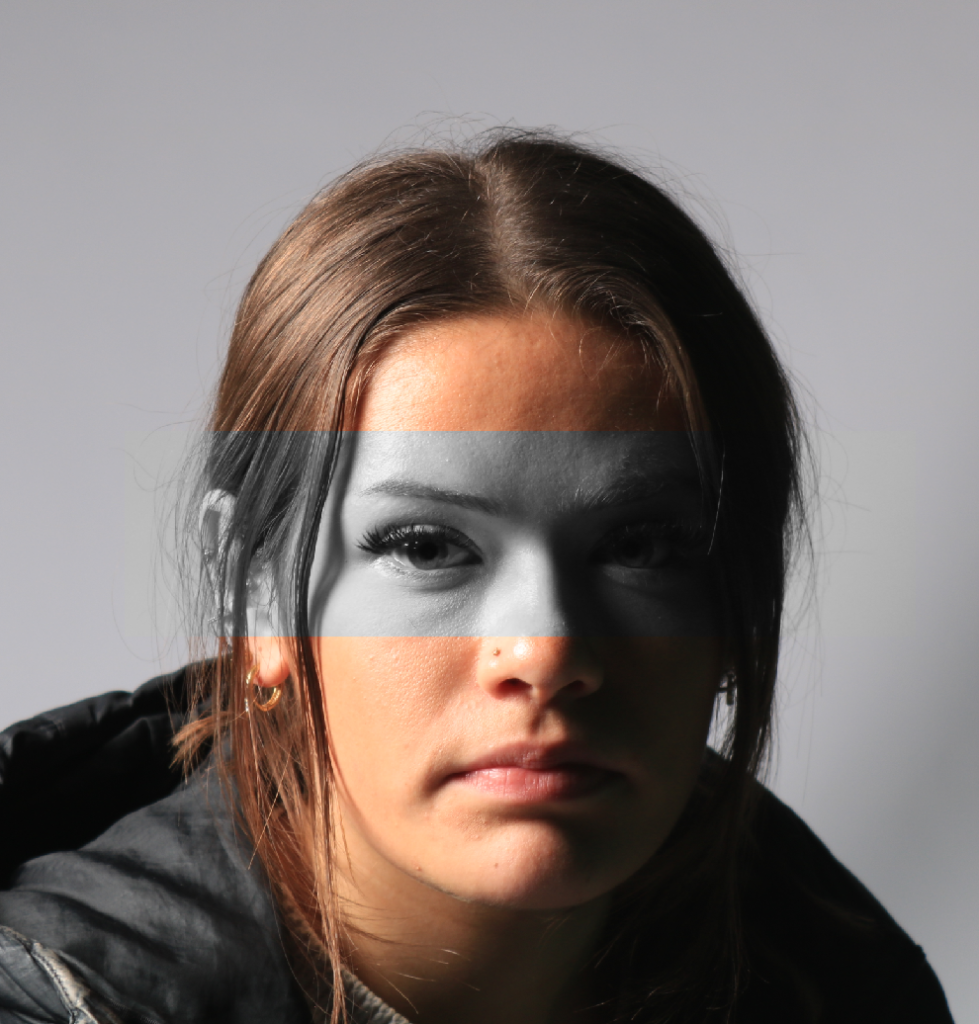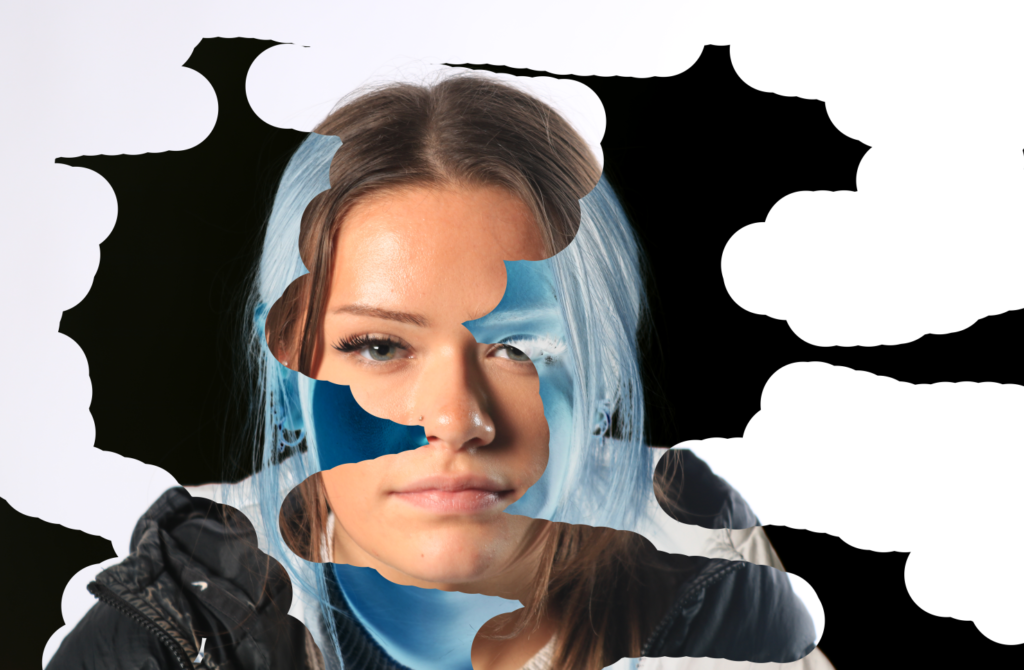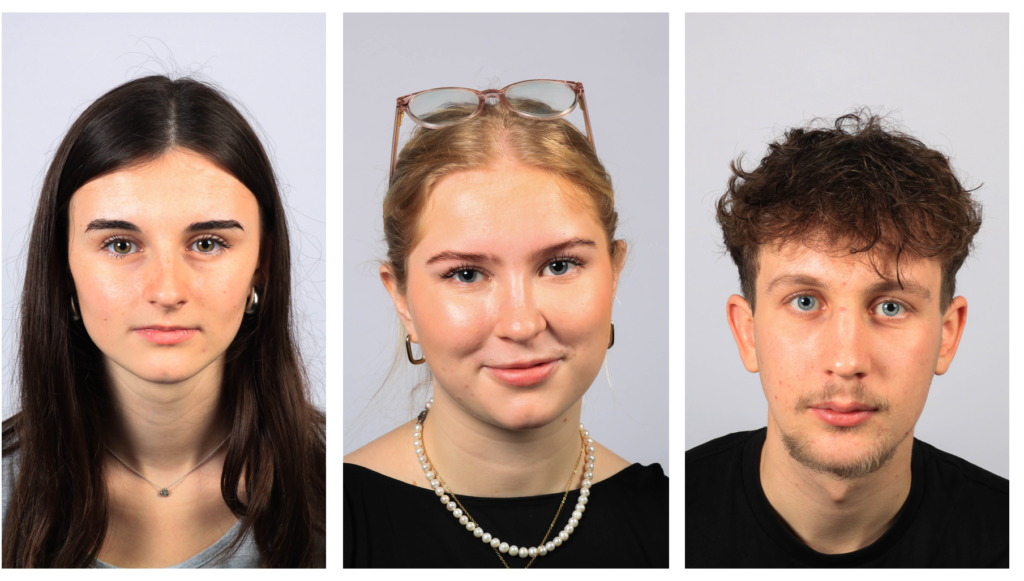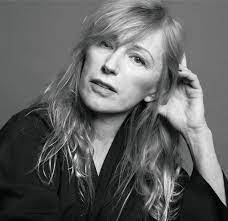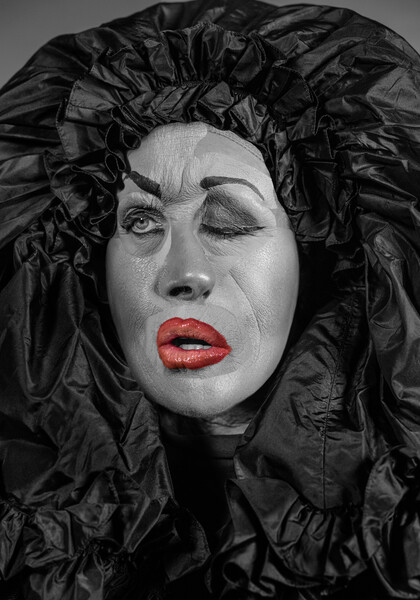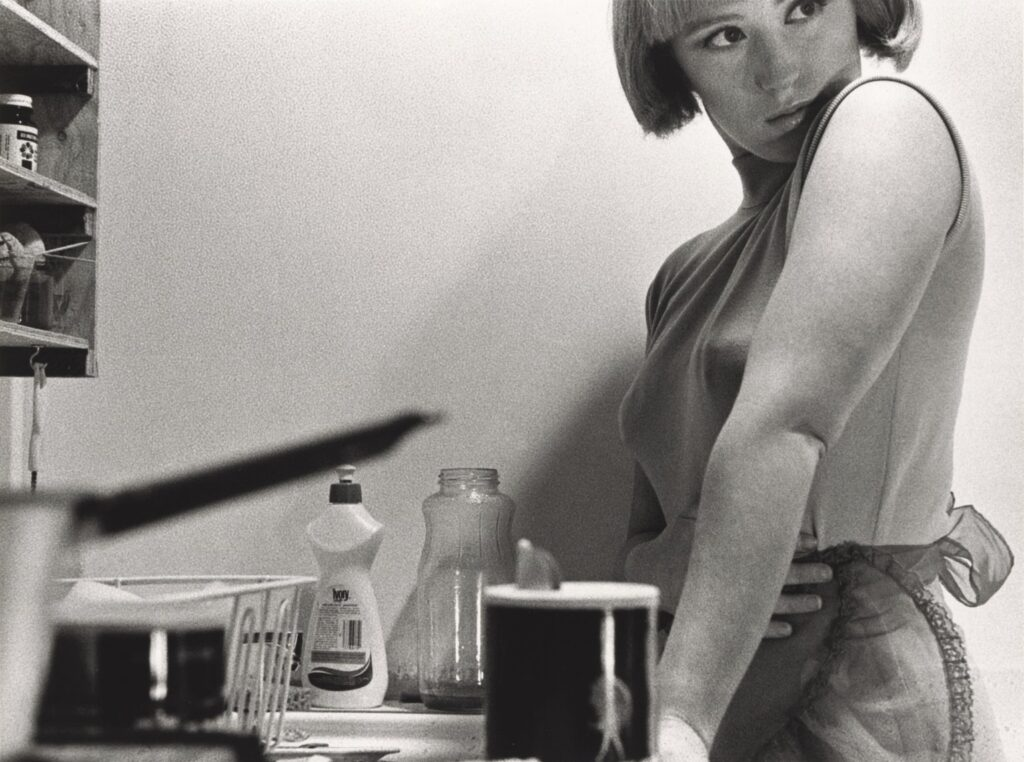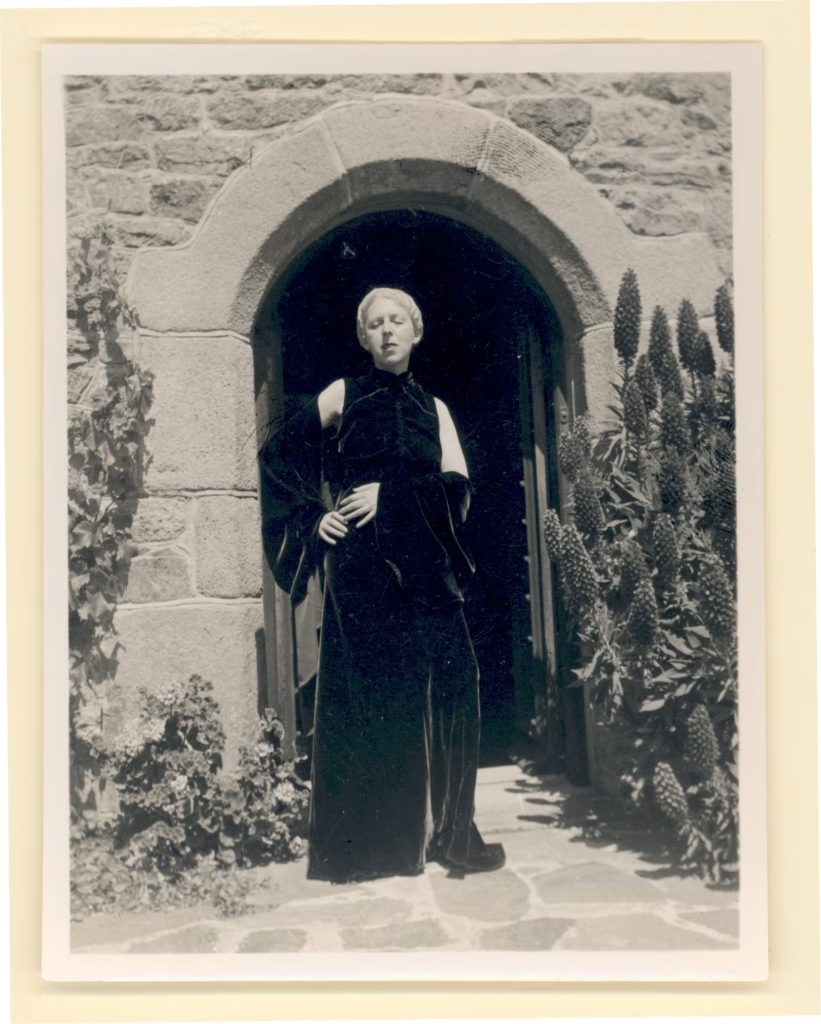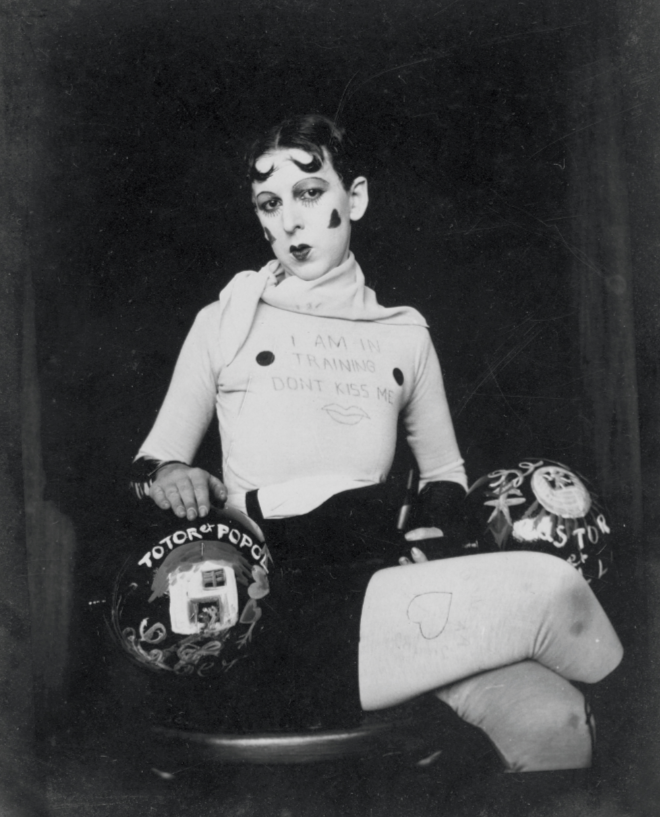Cindy Sherman
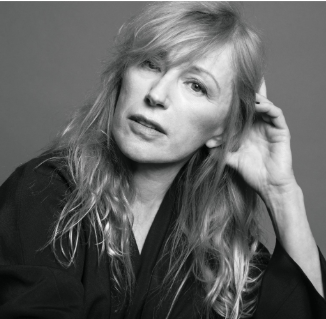
What photography movement was Cindy Sherman a key figure of? And what was their purpose?
Cindy Sherman was an important figure in Conceptual Photography, especially in Feminist Art and Postmodernism.
Her work involved taking self-portraits where she dressed up as different characters to explore themes like identity, gender, and how women are shown in media.
Purpose: Sherman’s goal was to challenge the typical ways women are portrayed, like the “femme fatale” or the “damsel in distress.” She showed that these roles are not real, but rather performances influenced by society. Her work made people think about how media shapes our ideas of gender and identity.
What did she do before she became a photographer?
Before becoming a photographer, Cindy Sherman studied art. She initially attended Buffalo State College in New York, where she earned a degree in fine arts with a focus on painting. However, she became increasingly drawn to photography as a medium to express her ideas. While at college, she also experimented with other forms of art, including drawing and film.
Sherman’s shift to photography allowed her to explore concepts of identity, gender, and representation in a new way, eventually leading her to become one of the most influential photographers in contemporary art.
What are the key goals of her photography?
Cindy Sherman’s photography focuses on challenging stereotypical representations of women and exploring the performative nature of gender and identity. Through self-portraits in which she transforms into various characters, she critiques how women are portrayed in media, pop culture, and art, often highlighting the artificial and constructed nature of these roles. By using herself as the subject, Sherman questions the “male gaze” and shifts the control over female representation, urging viewers to reconsider how images shape our understanding of identity and gender. Her work ultimately seeks to provoke thought about how societal expectations influence how we see ourselves and others.
how dose she achieve these goals?
Cindy Sherman achieves her goal by photographing herself in a variety of personas and roles, using costumes, makeup, props, and elaborate set designs to transform her appearance. She doesn’t photograph other people but instead uses herself as the model, allowing her to explore and manipulate different identities. Through these self-portraits, Sherman portrays a wide range of characters, such as the “victim,” “heroine,” “mother,” “old woman,” “sex object,” “movie star,” and various figures drawn from stereotypes in film, advertising, and art. These personas often exaggerate or distort societal expectations of women.
Through this process, Sherman conveys a message about the constructed nature of gender roles and identity. By embodying different characters, she reveals how these roles are not inherent but are shaped by external influences like media and culture. Her work challenges viewers to question how much of their identity is influenced by societal norms and stereotypes, especially in how women are portrayed and objectified in the media. Sherman’s use of transformation and performance in her photography critiques the power of visual imagery in shaping perceptions of gender and identity.
Does Cindy Sherman consider her photos to be self-portraits?
Cindy Sherman does not consider her photos to be traditional self-portraits. While she is the subject of her work, her photos are not about capturing her “true” self or identity. Instead, Sherman uses herself as a medium to explore and critique various personas, stereotypes, and societal roles. Through her transformations, she embodies a wide range of characters, often drawing from cultural and media archetypes like the “victim,” “femme fatale,” or “older woman.”
Her work is more about examining how identity is constructed and how roles are performed rather than portraying herself in a direct or autobiographical way. Sherman’s photographs aim to reveal the artificial nature of these roles, rather than offer an intimate or personal glimpse into her own identity. In this sense, while she is the subject, the focus is on the broader themes of representation, gender, and identity, rather than a self-portrait in the traditional sense.
examples of her work –
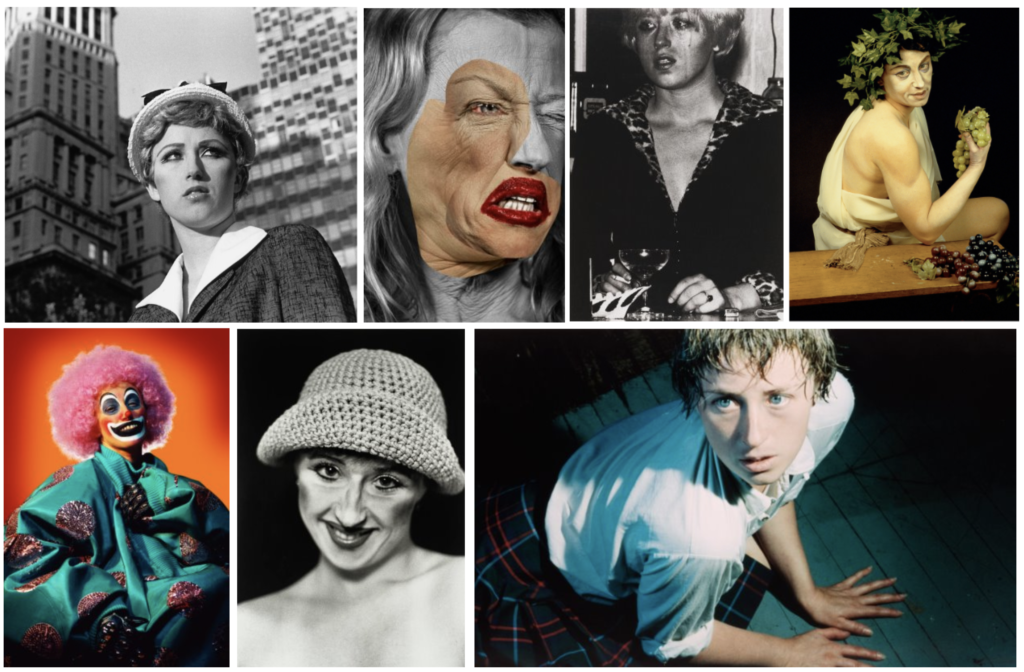
Analyst –

visual –
within the photo you can see and women betrayed as a stereotypical women and that’s its in black and white, that’s shows that its been seen in an old mind set. furthermore how she is dressed is quite proper for a young women and also her outfit seems very feminine compared to how people dress now a days. on the face you cant see the facial expression, its very plain and doesn’t show any personality of the person. within this the photo is cute spacious its got only building, which go straight up high, and the subject is positioned in the lower middle and in the frame is the shoulders up.
Technical –
aperture – the background is mostly blurred in the left side and the right is in focus, the subject is fully in focus.
Shutter speed – which could of been quite a fast shutter speed as the subject is in focus, with a balanced exposure
Angle – Has it been taken from a slightly lowered angle, which is to create a sense of power or dominance in the characters she portrays. This challenges traditional depictions of women, who are often shown from higher angles to appear passive. The lower angle also emphasizes that the roles she embodies are not natural, but constructed, reflecting her critique of how society and media shape identity. By shifting the viewer’s perspective, Sherman encourages a more critical engagement with the images, inviting them to question the power dynamics and the meaning behind the characters.
this photo is taken as a head shot, this adds more mystery of to what’s going on below her.
Contextual –
Cindy Sherman’s Untitled Film Stills is a suite of seventy black-and-white photographs in which the artist posed in the guises of various generic female film characters, among them, ingénue, working girl, vamp, and lonely housewife.
Conceptual –
a subtle satire of the feminine. stereotypes plaguing society now and in the past. By confronting viewers with a. familiar image of the ideal 1950s woman, she attempts to have viewers realise their. indoctrination to stereotypes.
another photo analysis –
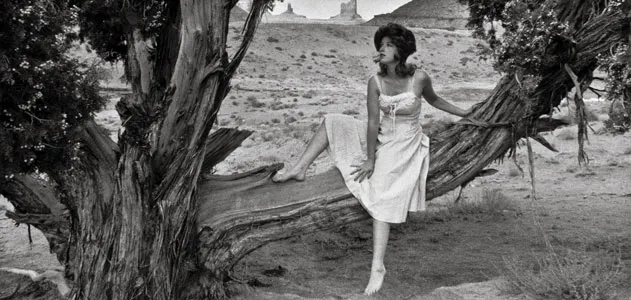
visual –
within this photo you can see a very lady like subject, also it can be seen that its a hole body which shows the femininity of her outfit, as she is wearing a dress.
technical –
aperture – the backgrounds is out of focus and the foreground (the tree) is very in focus and same with the subject.
Shutter speed – should be relatively fast, ensuring the subject remains sharp and in focus while maintaining a well-balanced exposure.
the angle being taken from straight on creates a sense of direct confrontation or engagement with the viewer. This perspective often emphasizes the subject’s presence, allowing for a more intense or provocative interaction. By using a straightforward, frontal angle, Sherman often challenges traditional representations of identity and the roles people play, highlighting the constructed nature of the persona she’s portraying. This directness can evoke a feeling of discomfort or force the viewer to question their perceptions, as the subject seems to confront them head-on.

